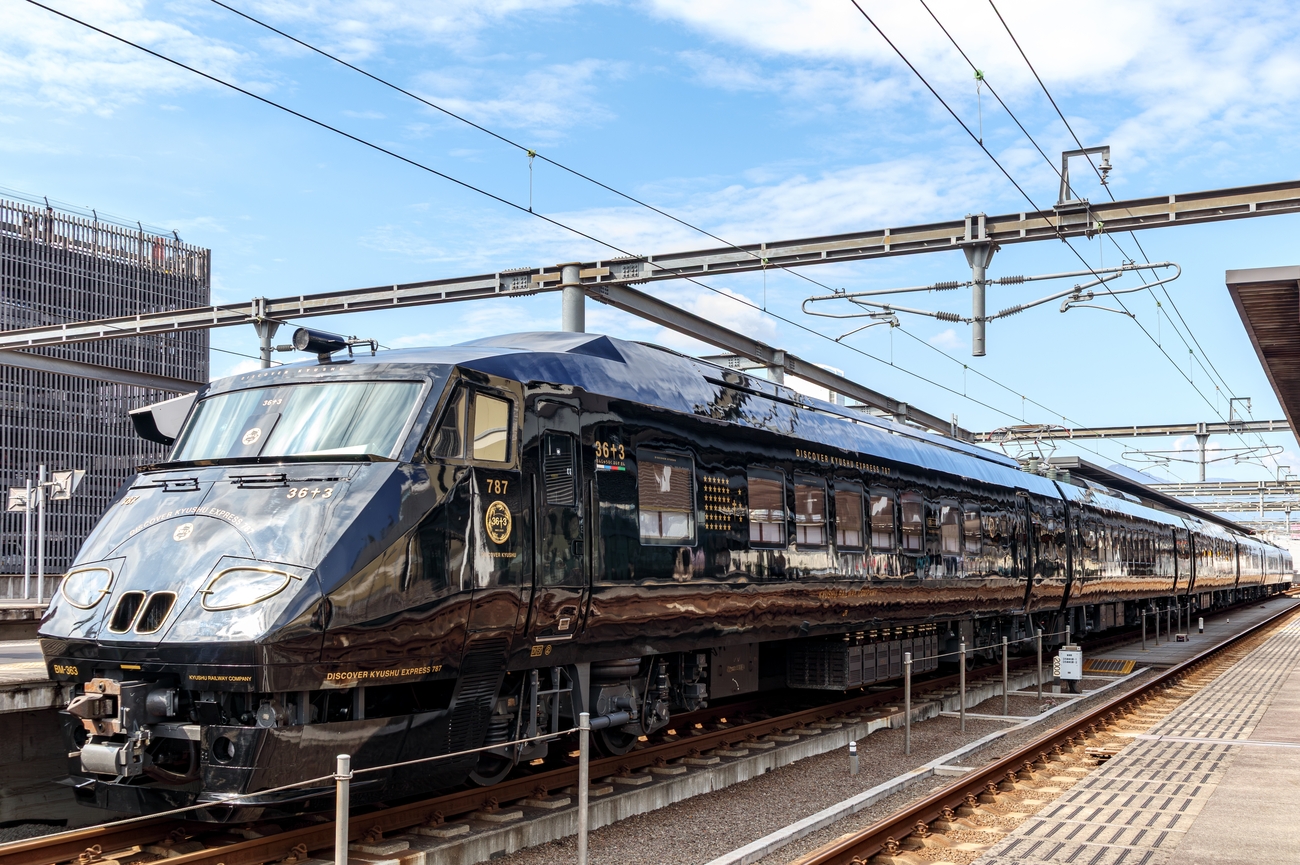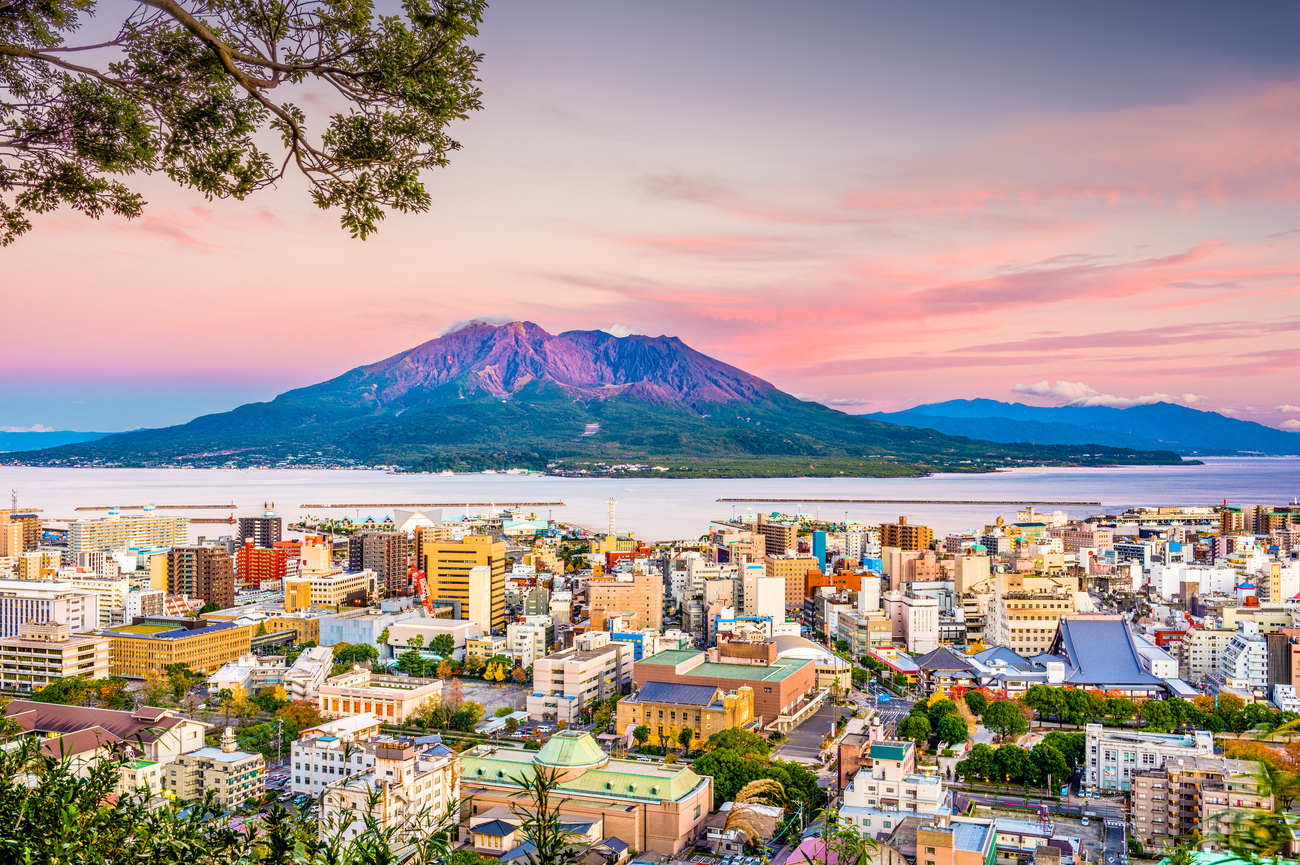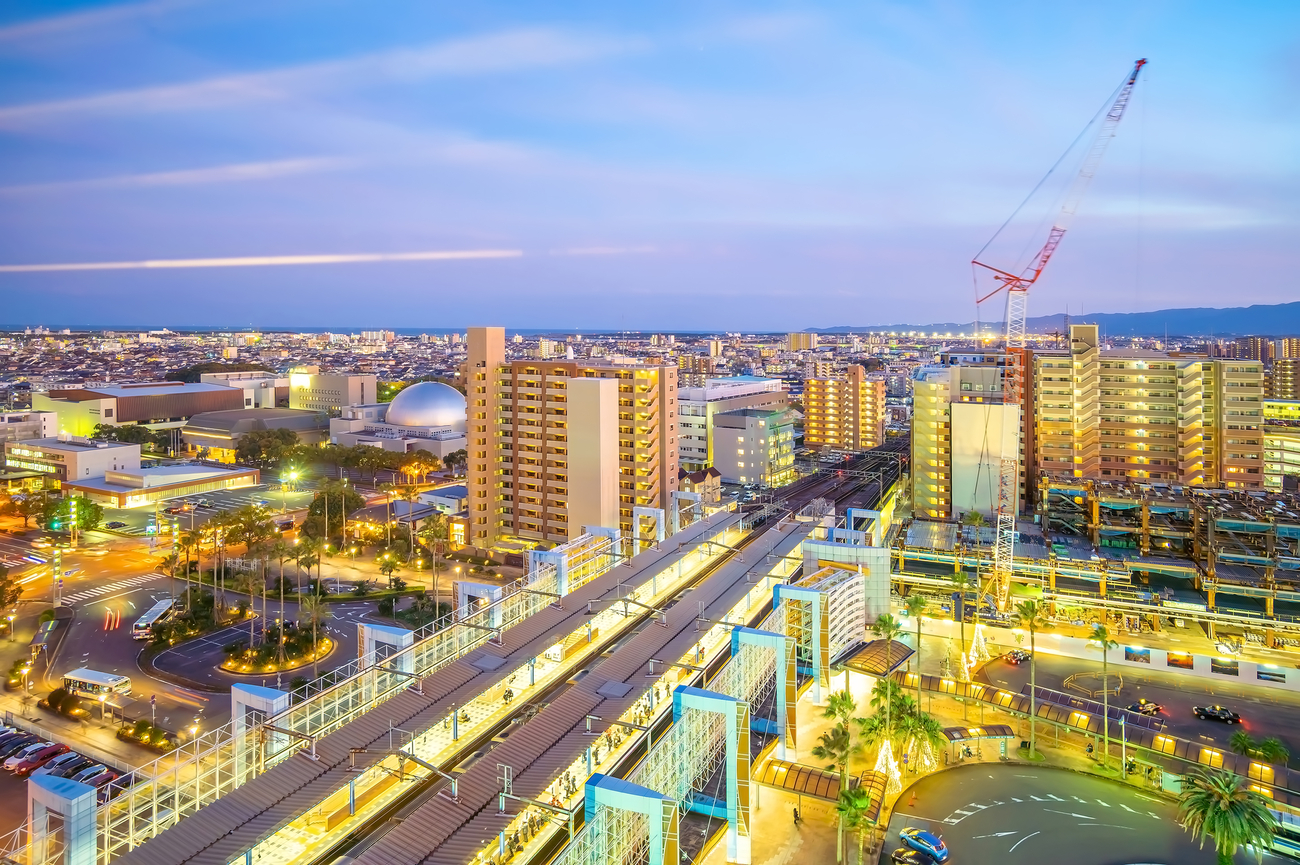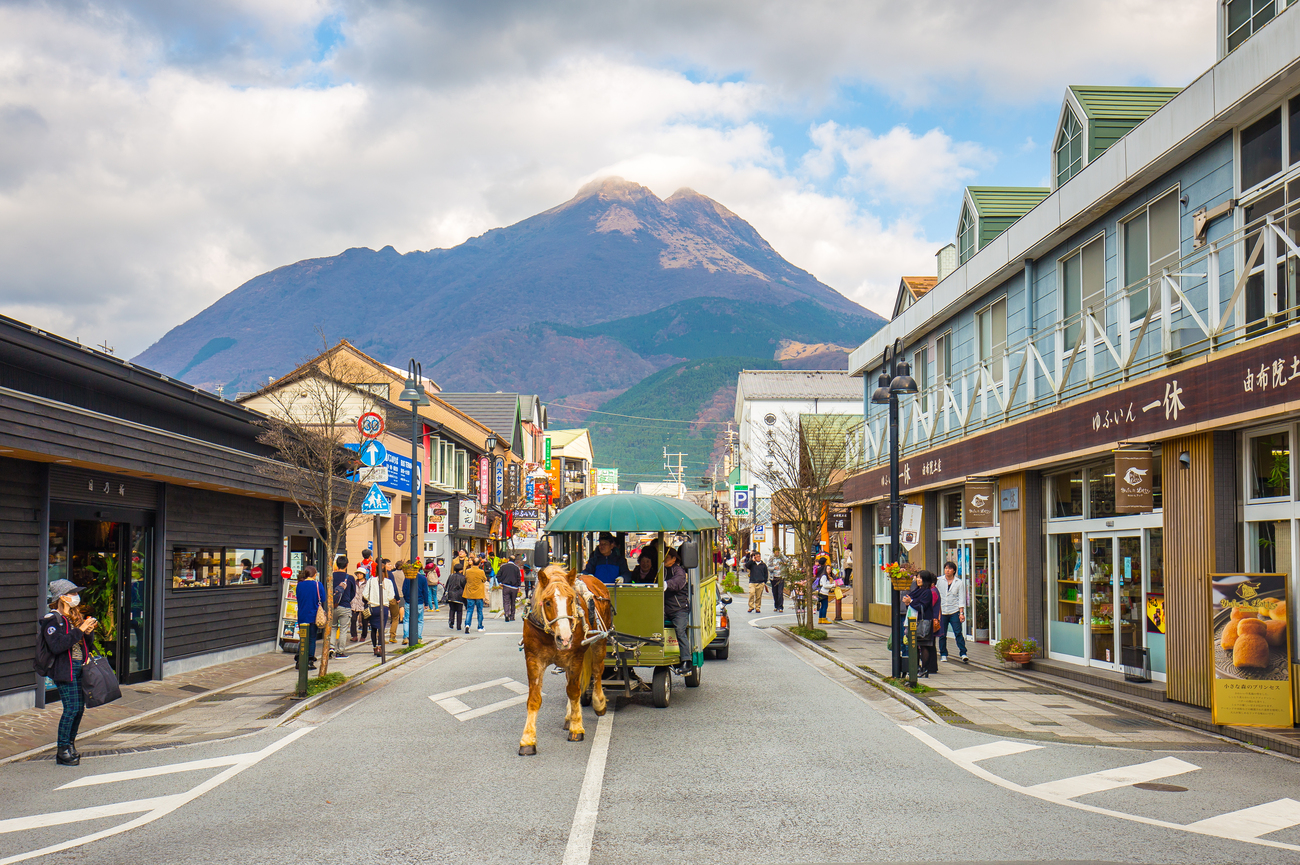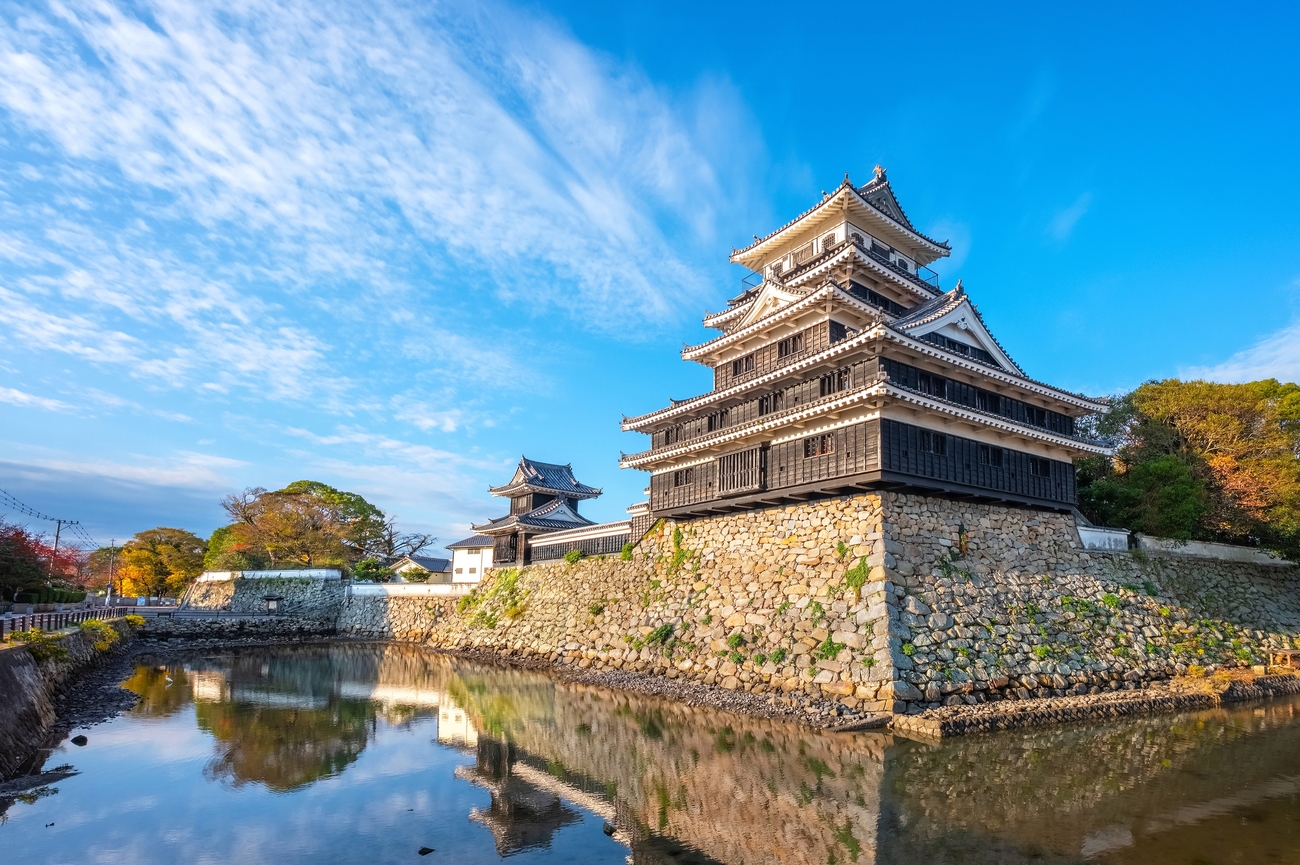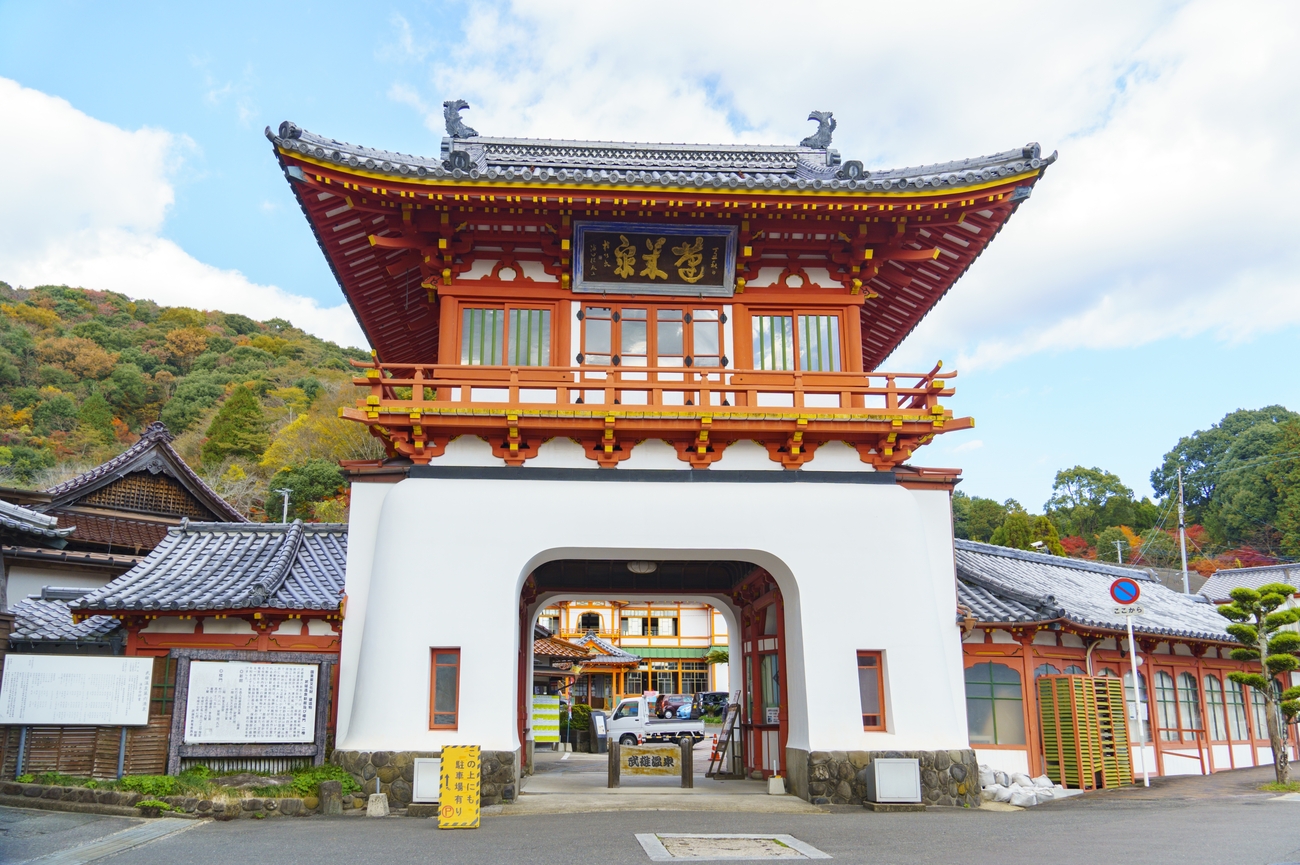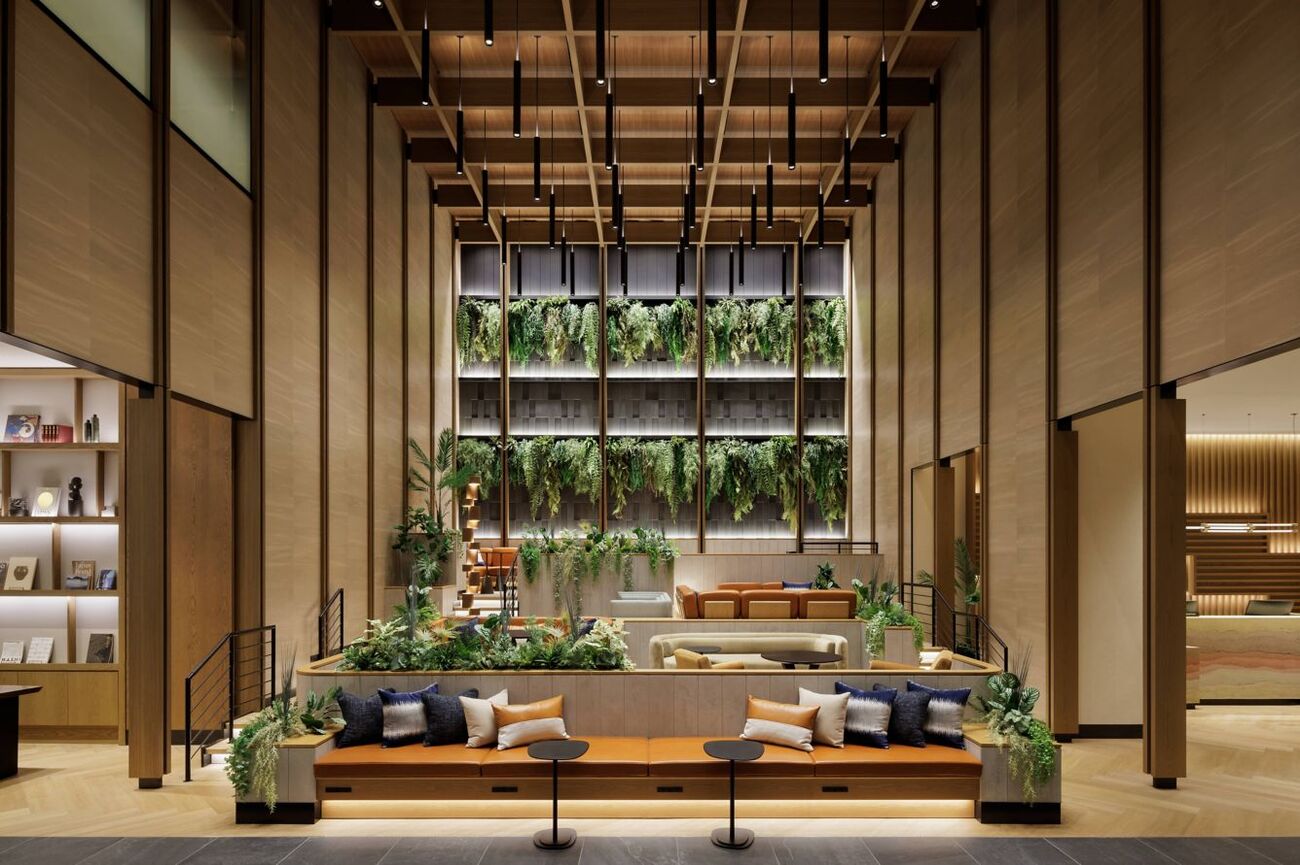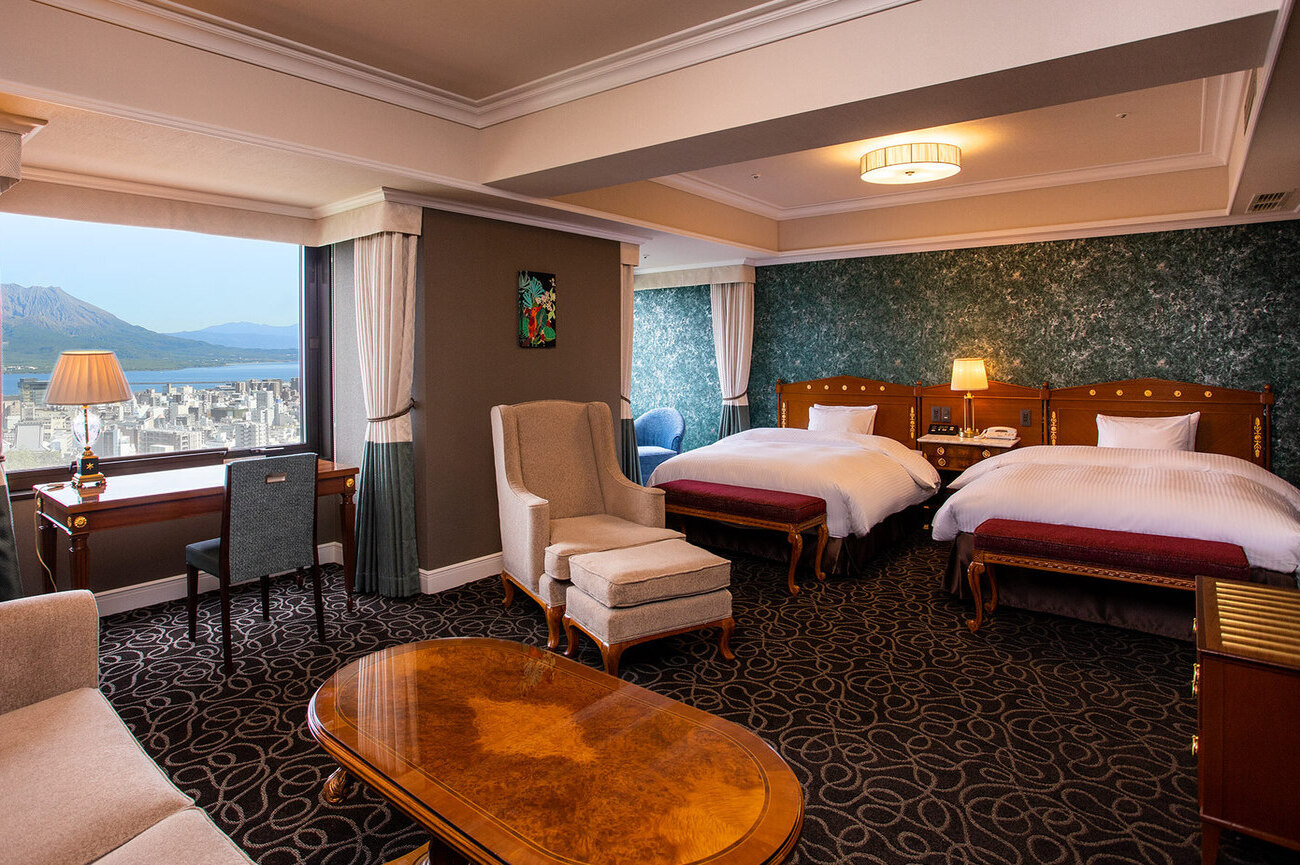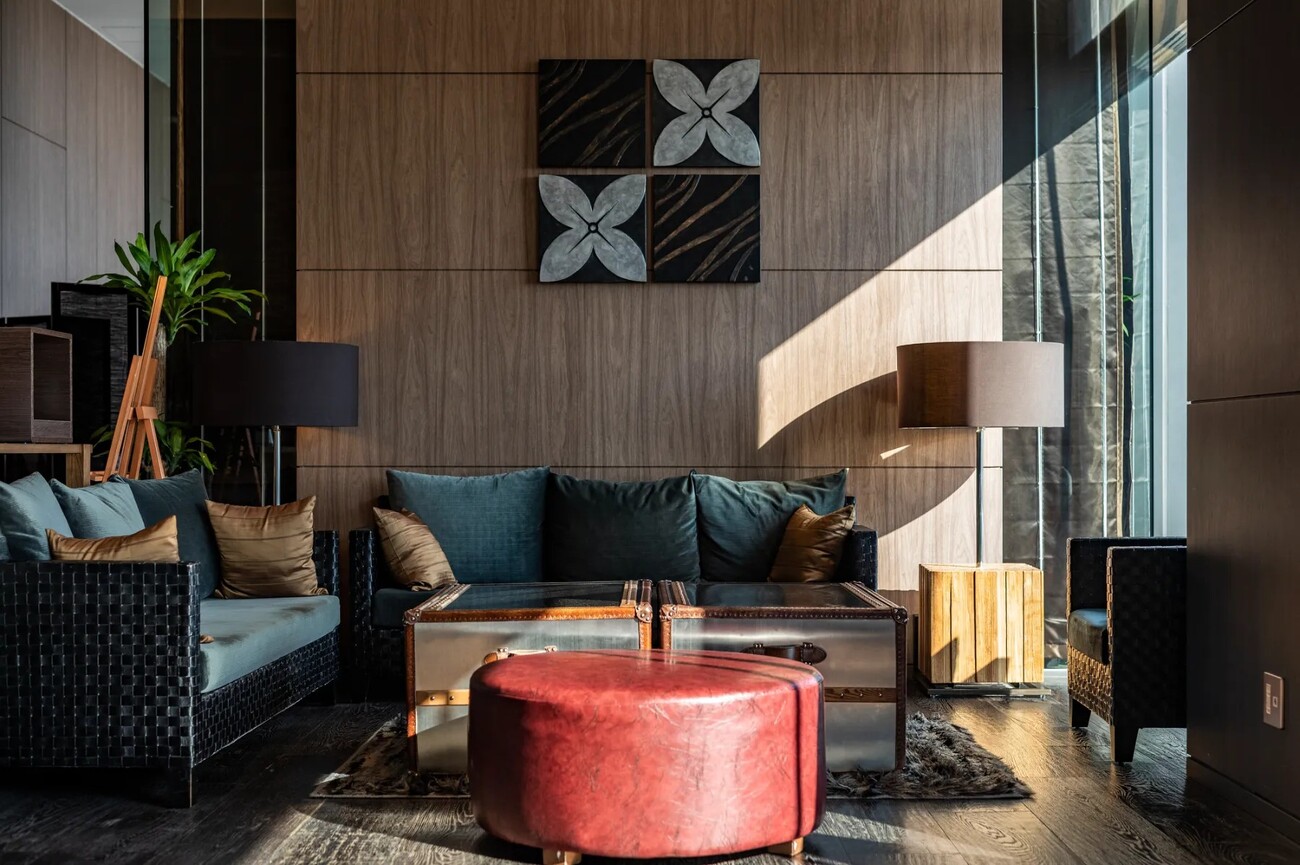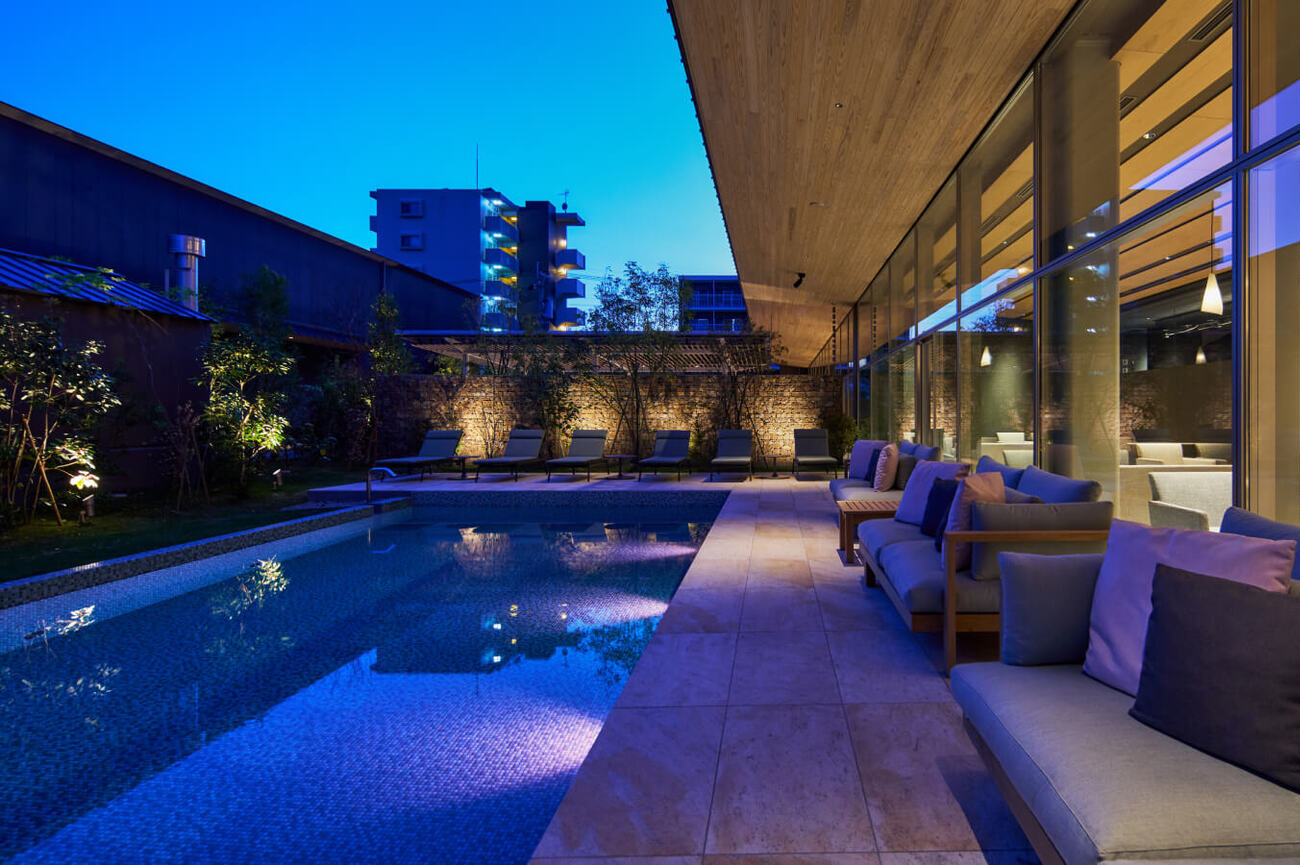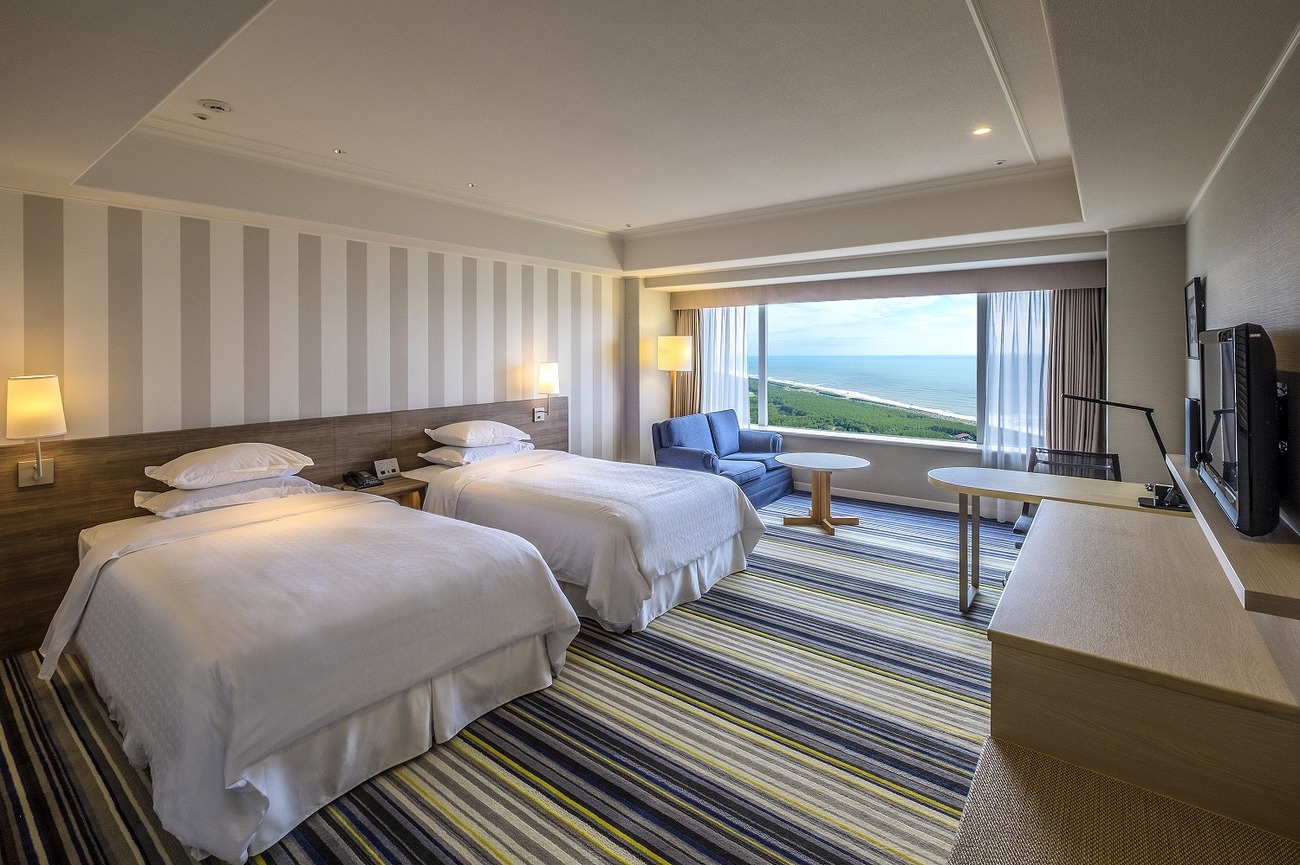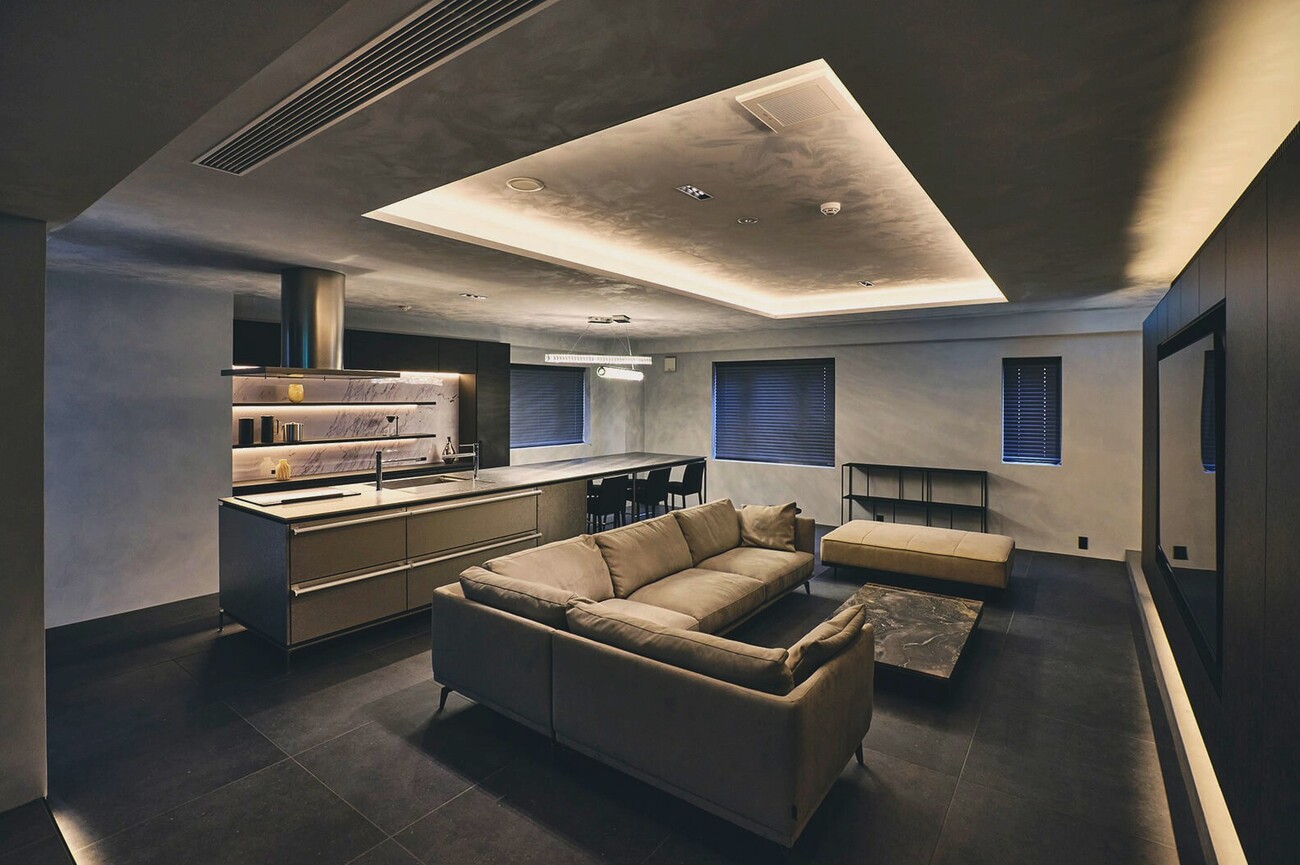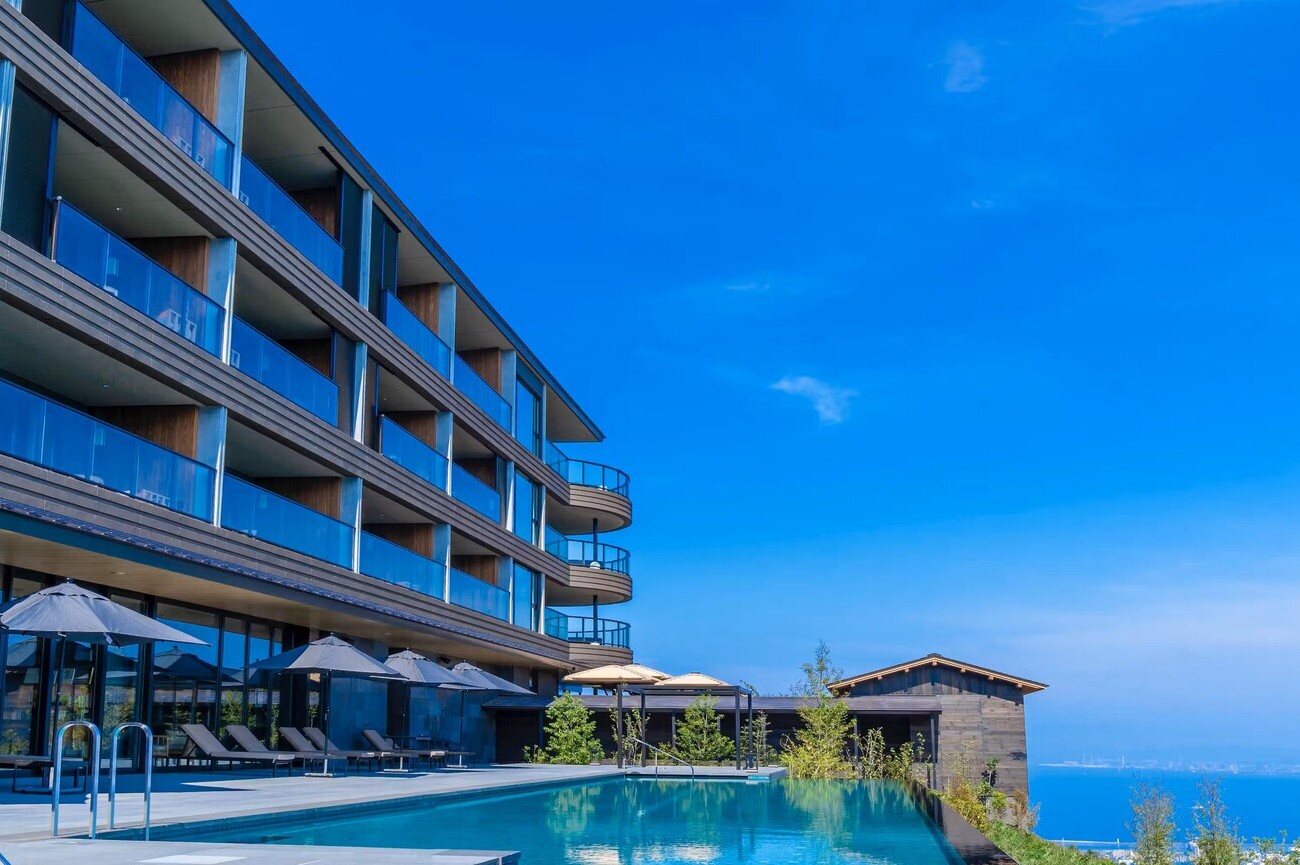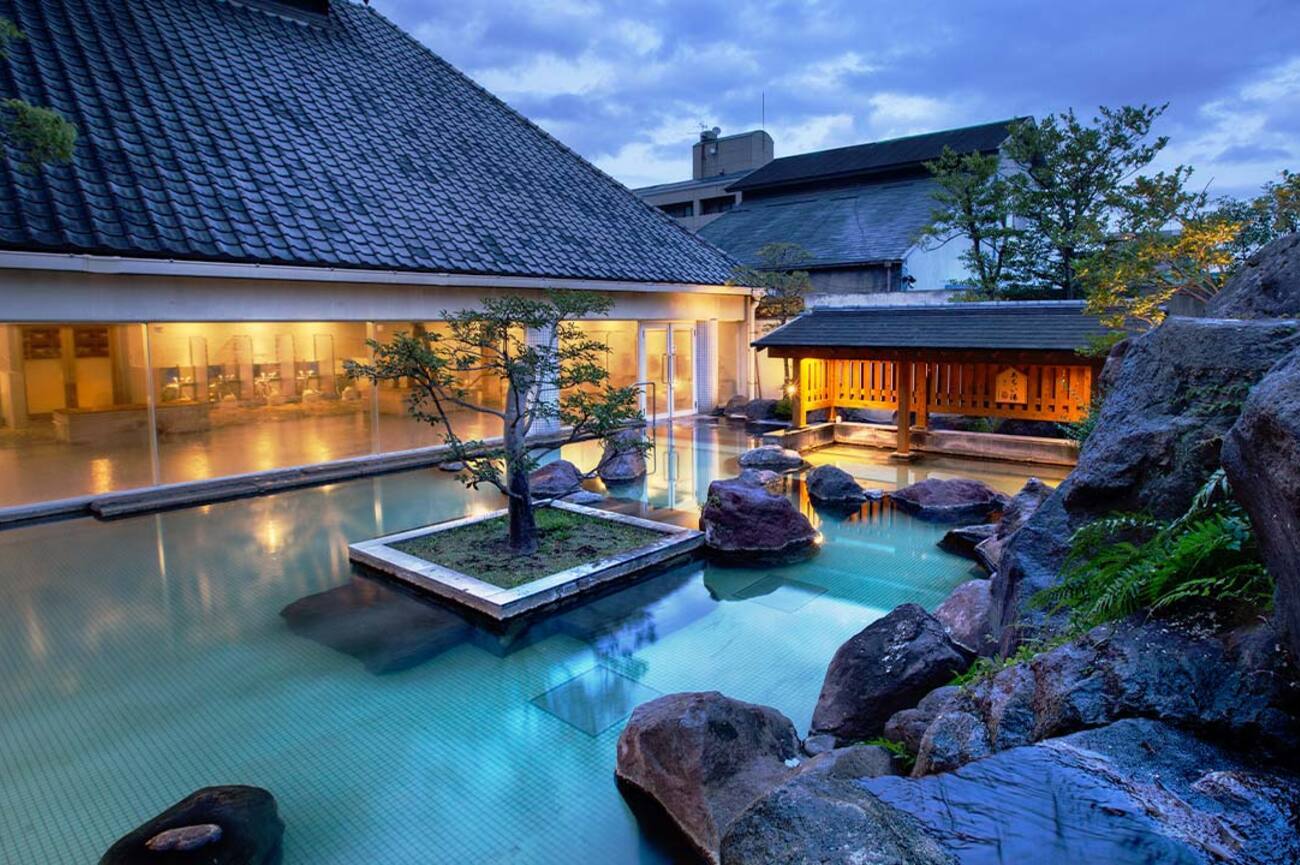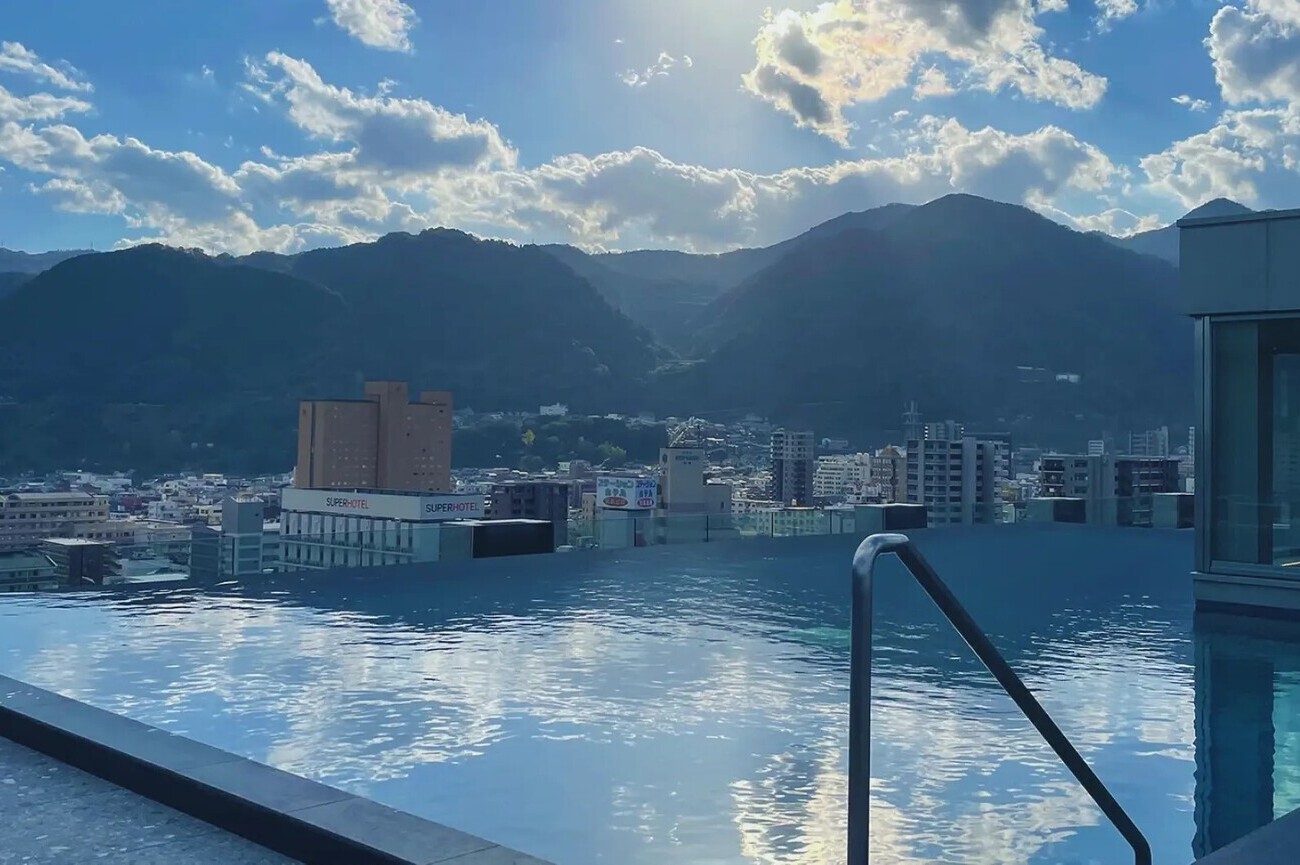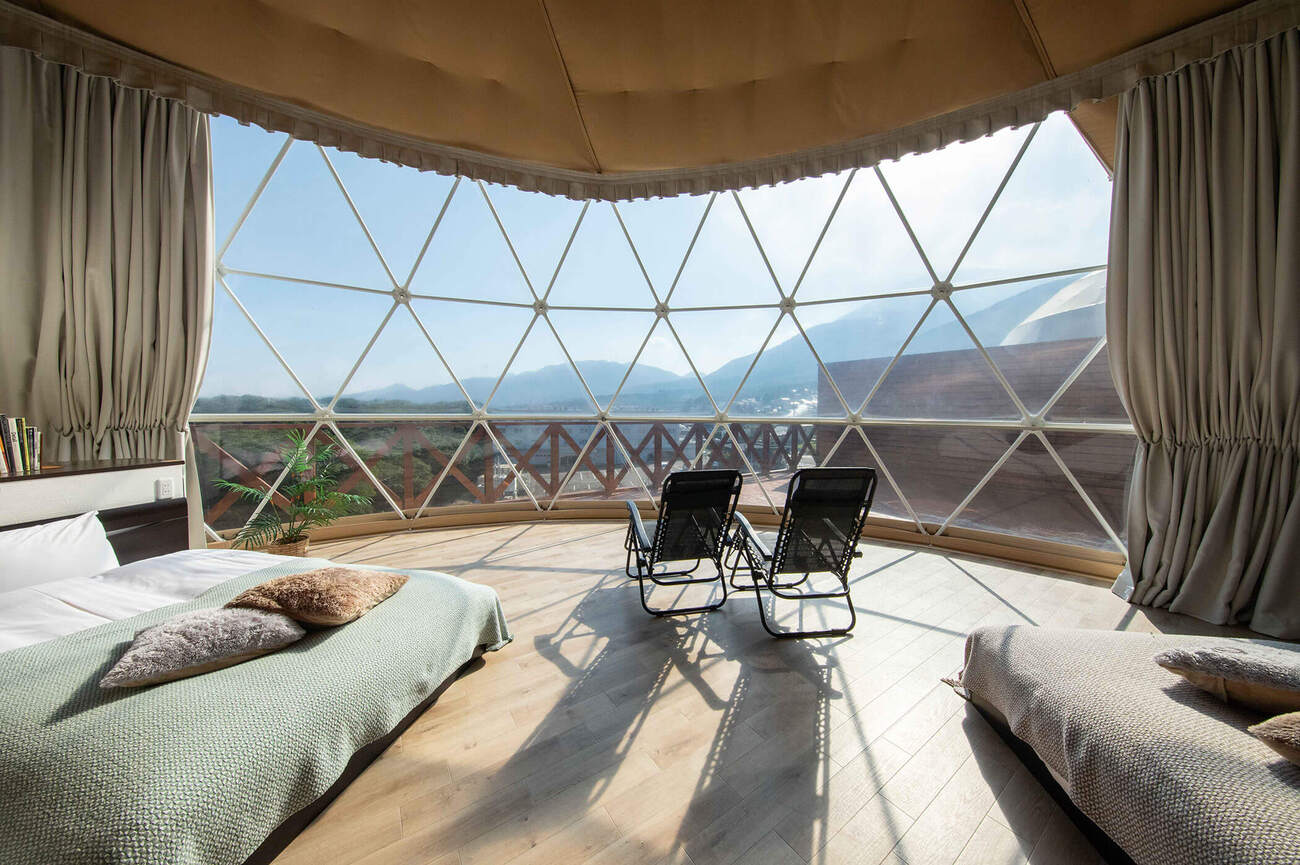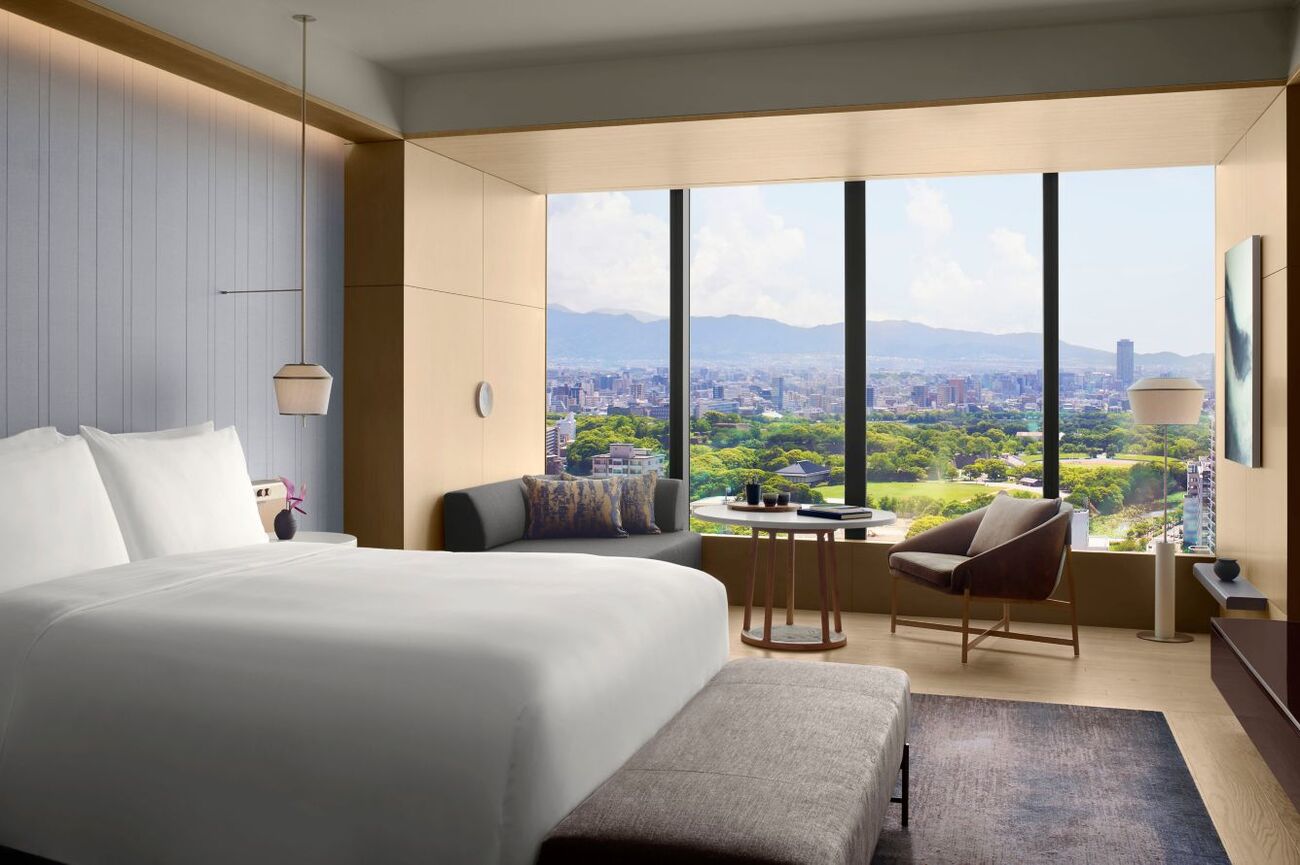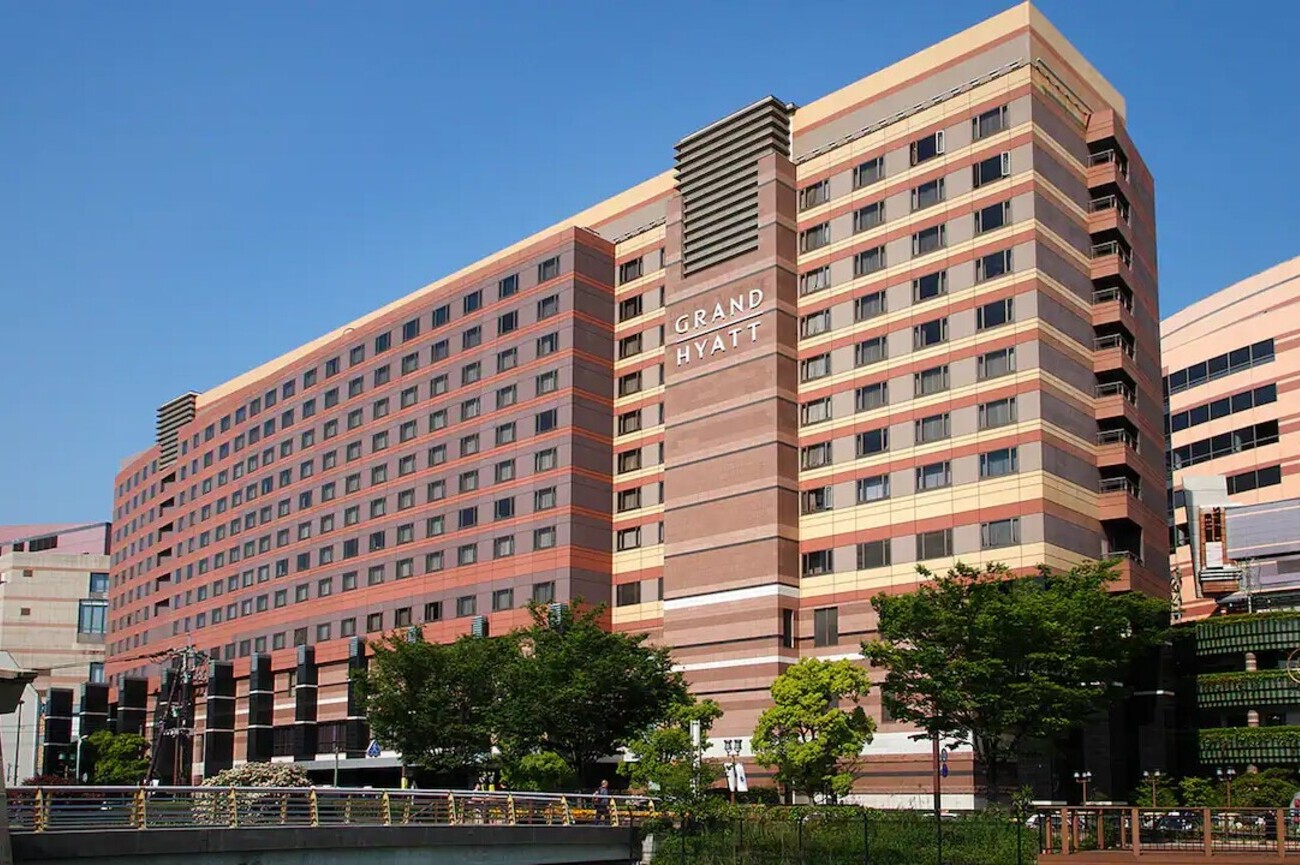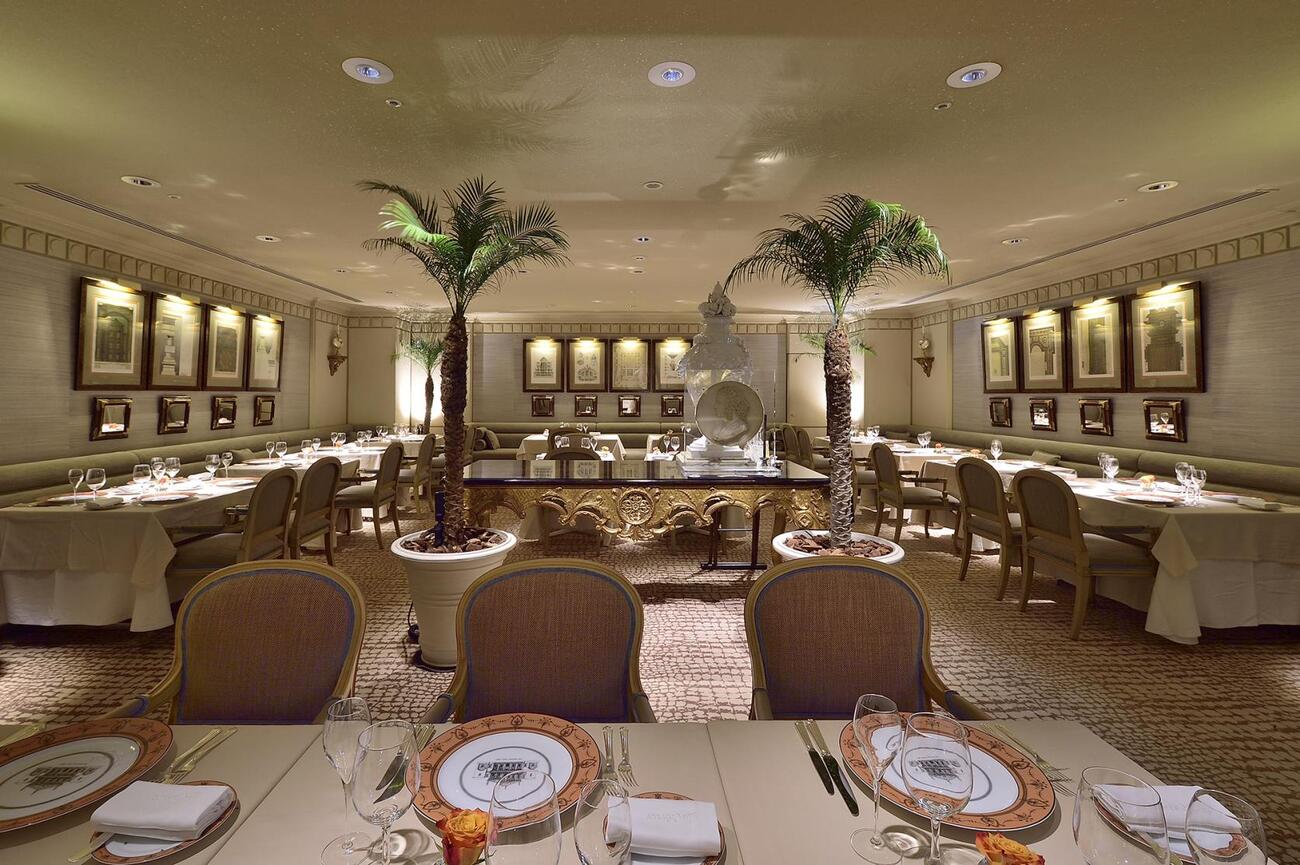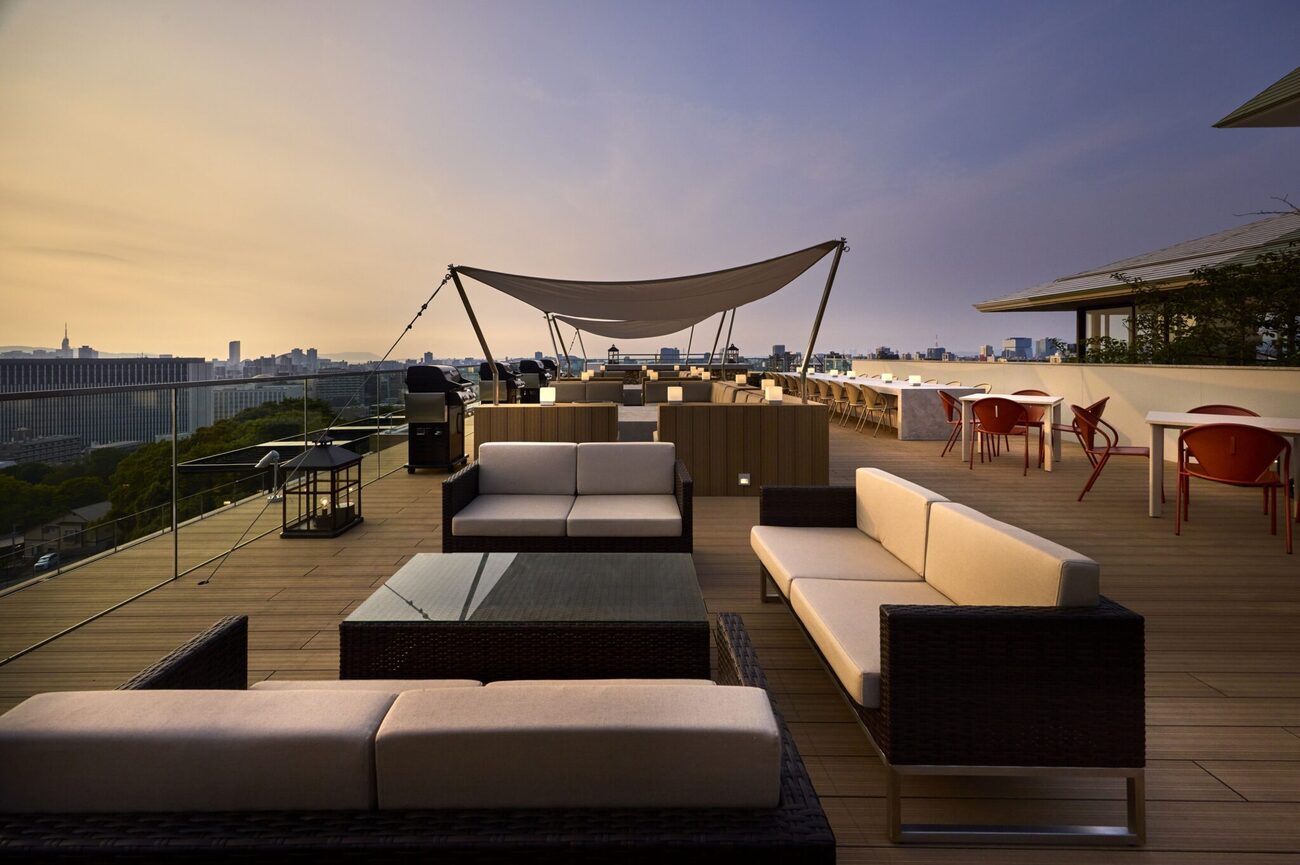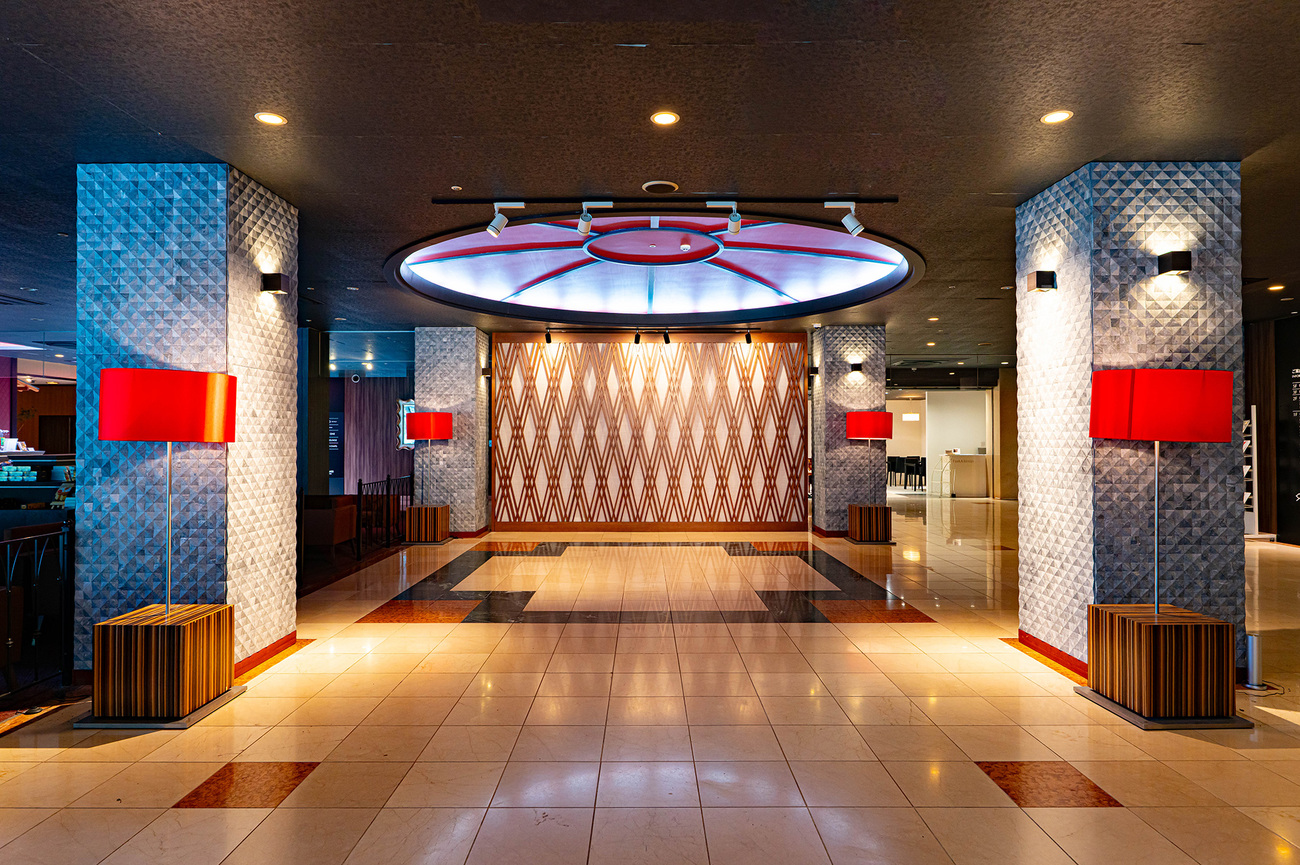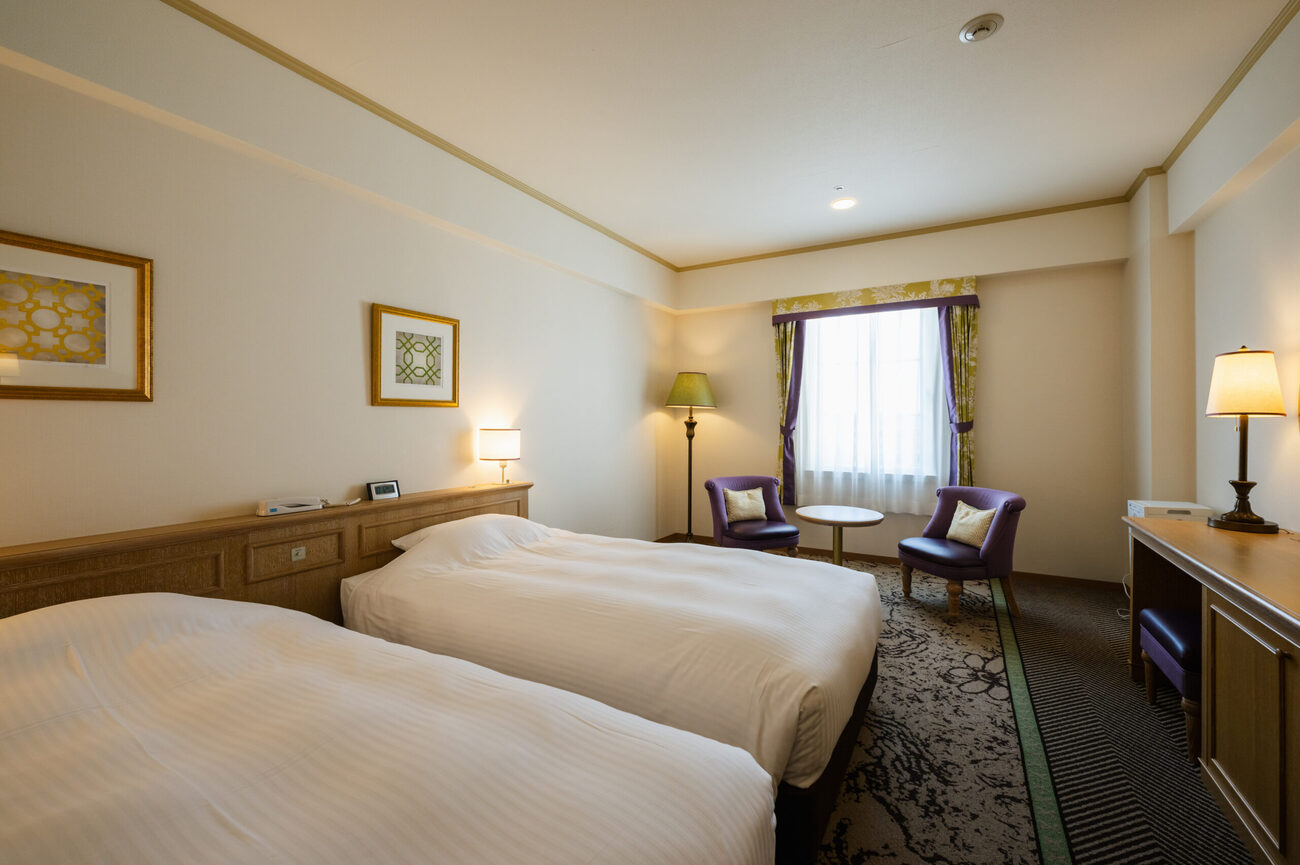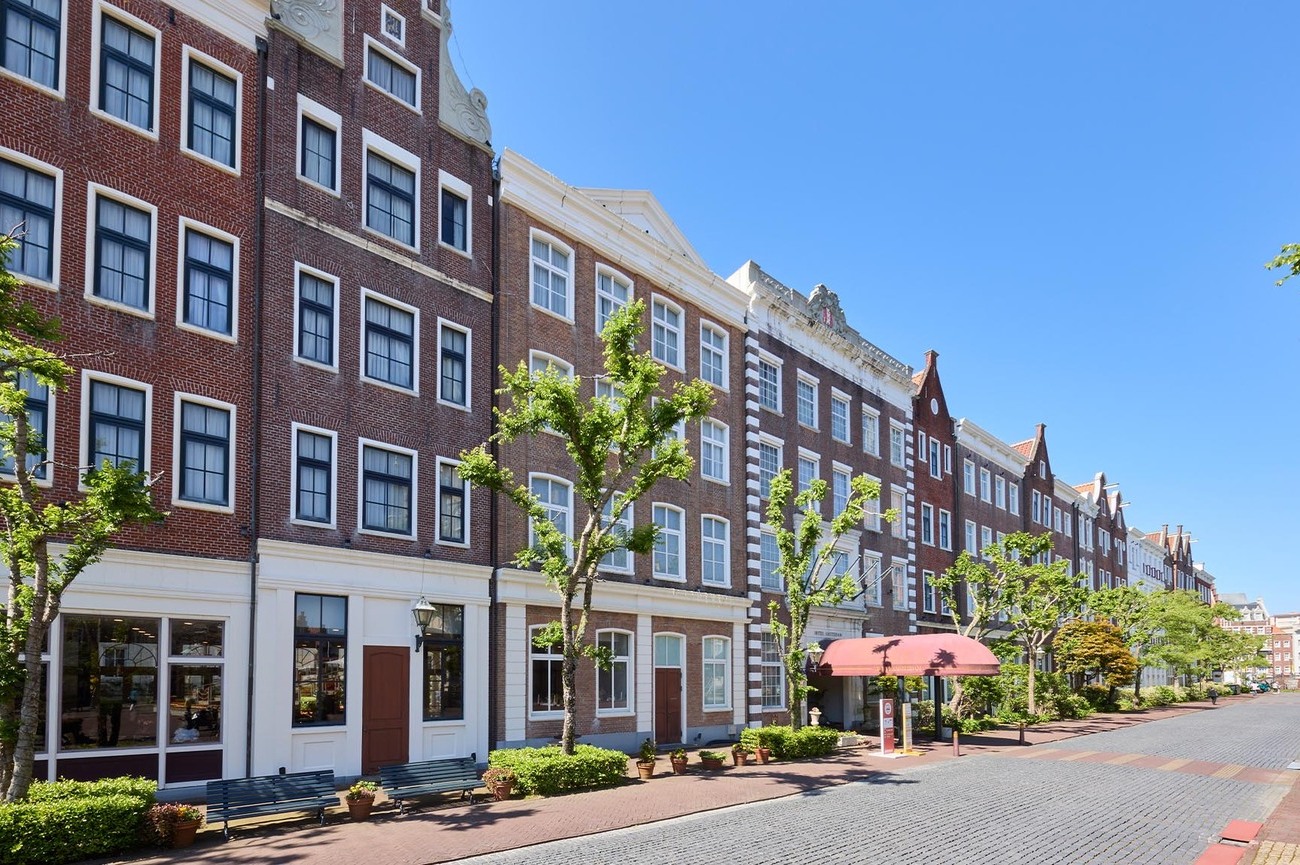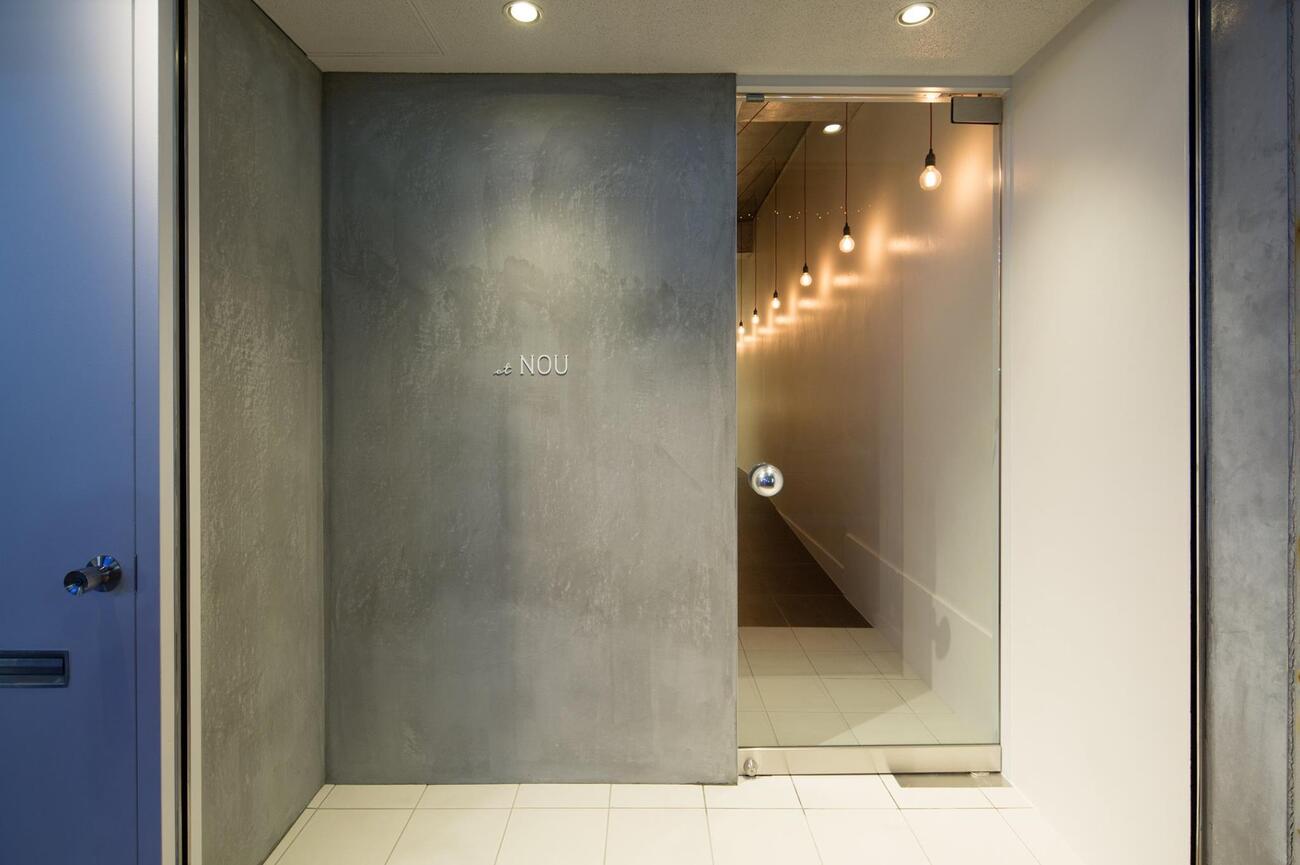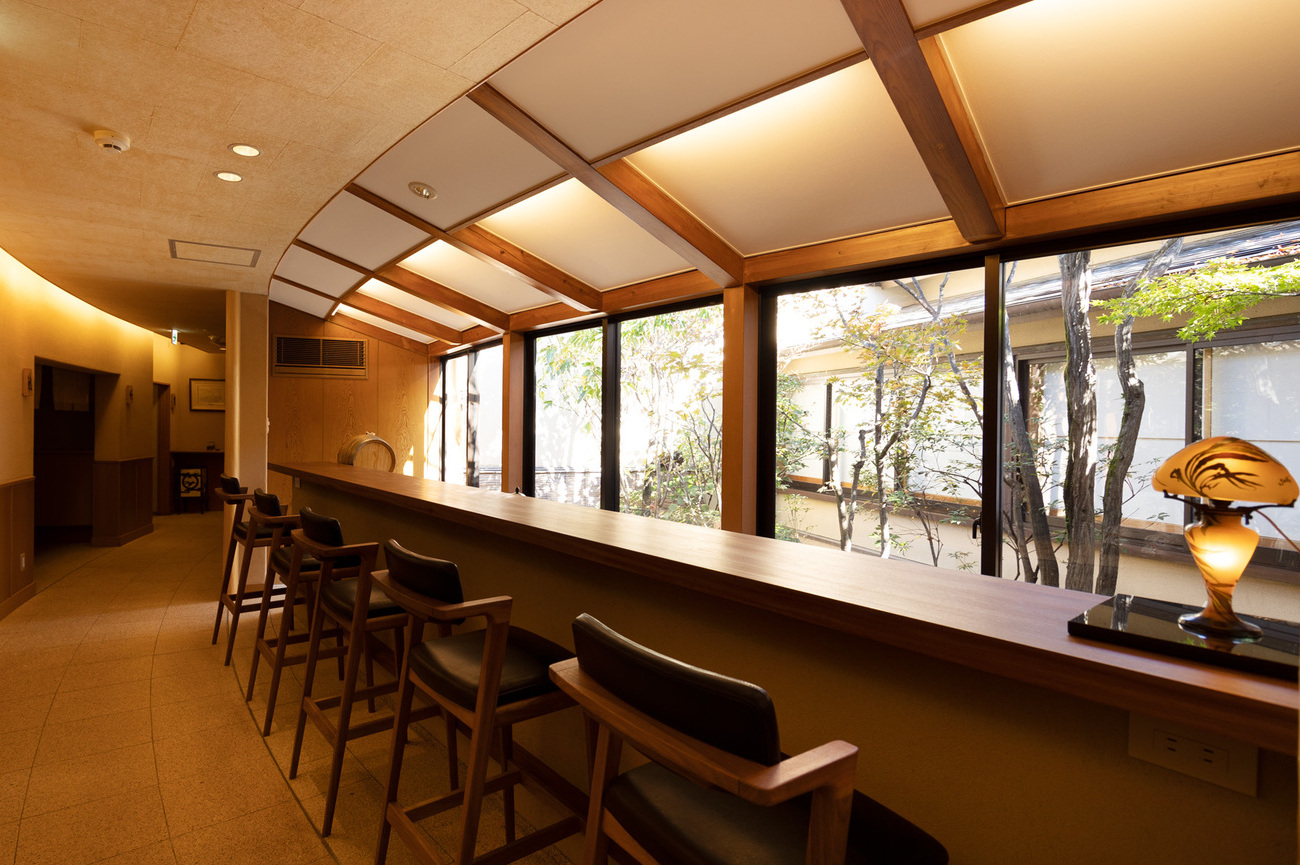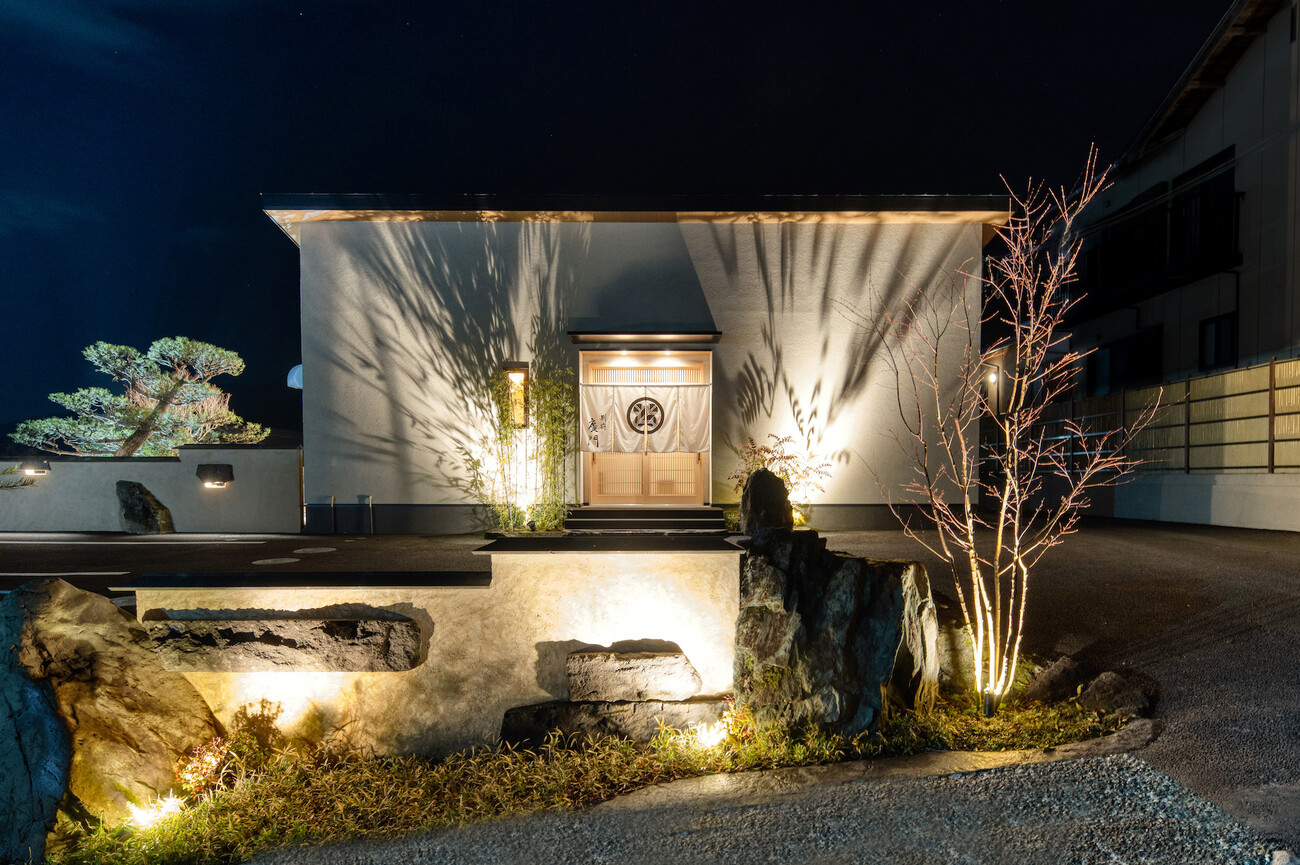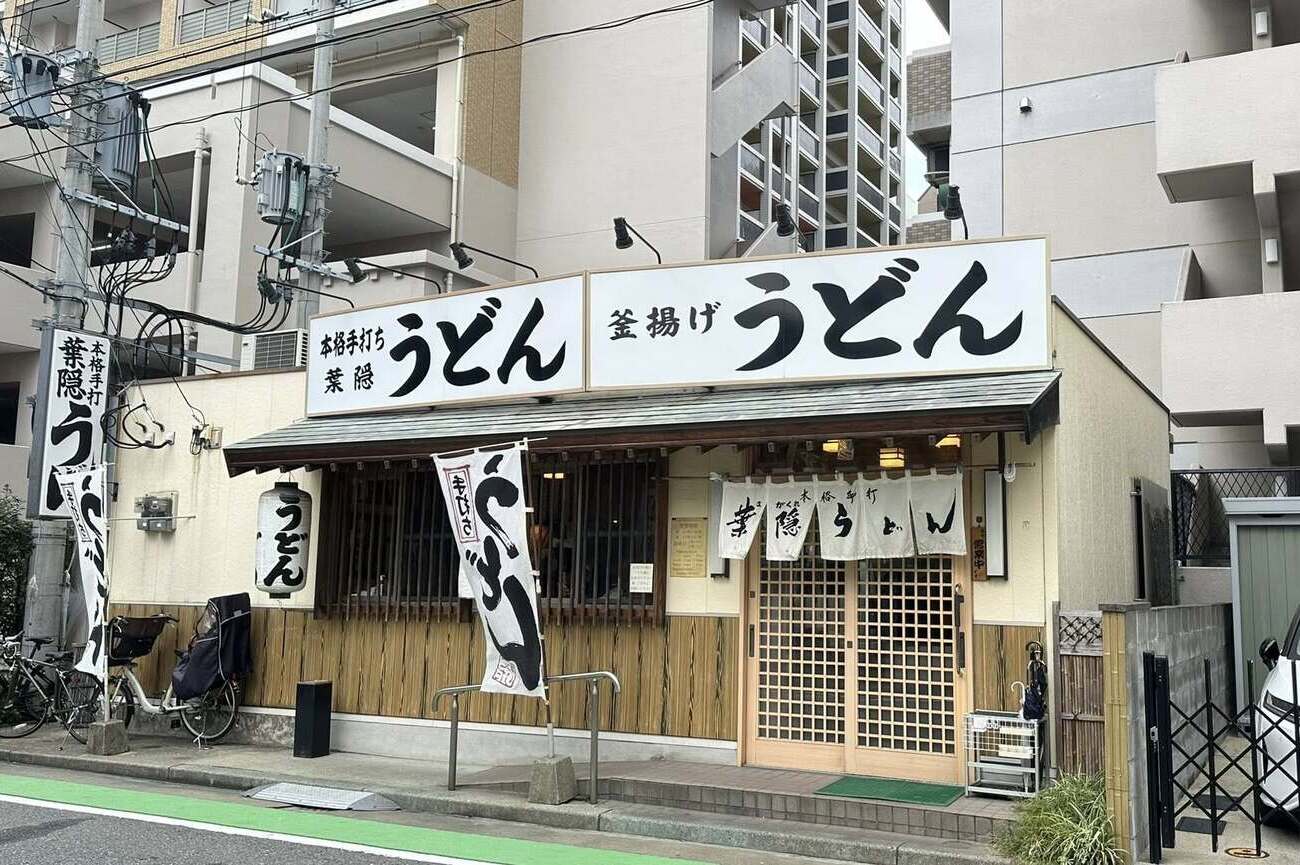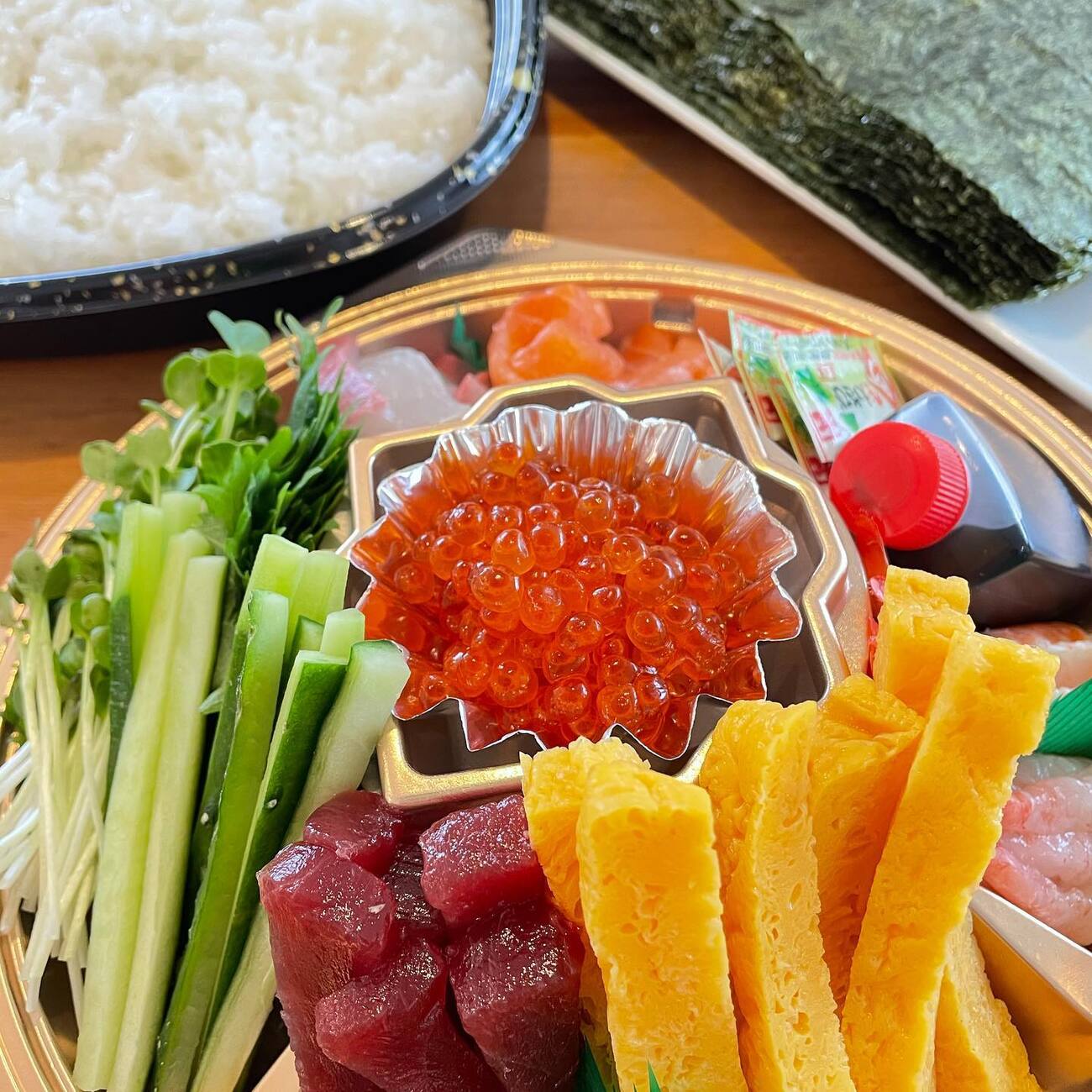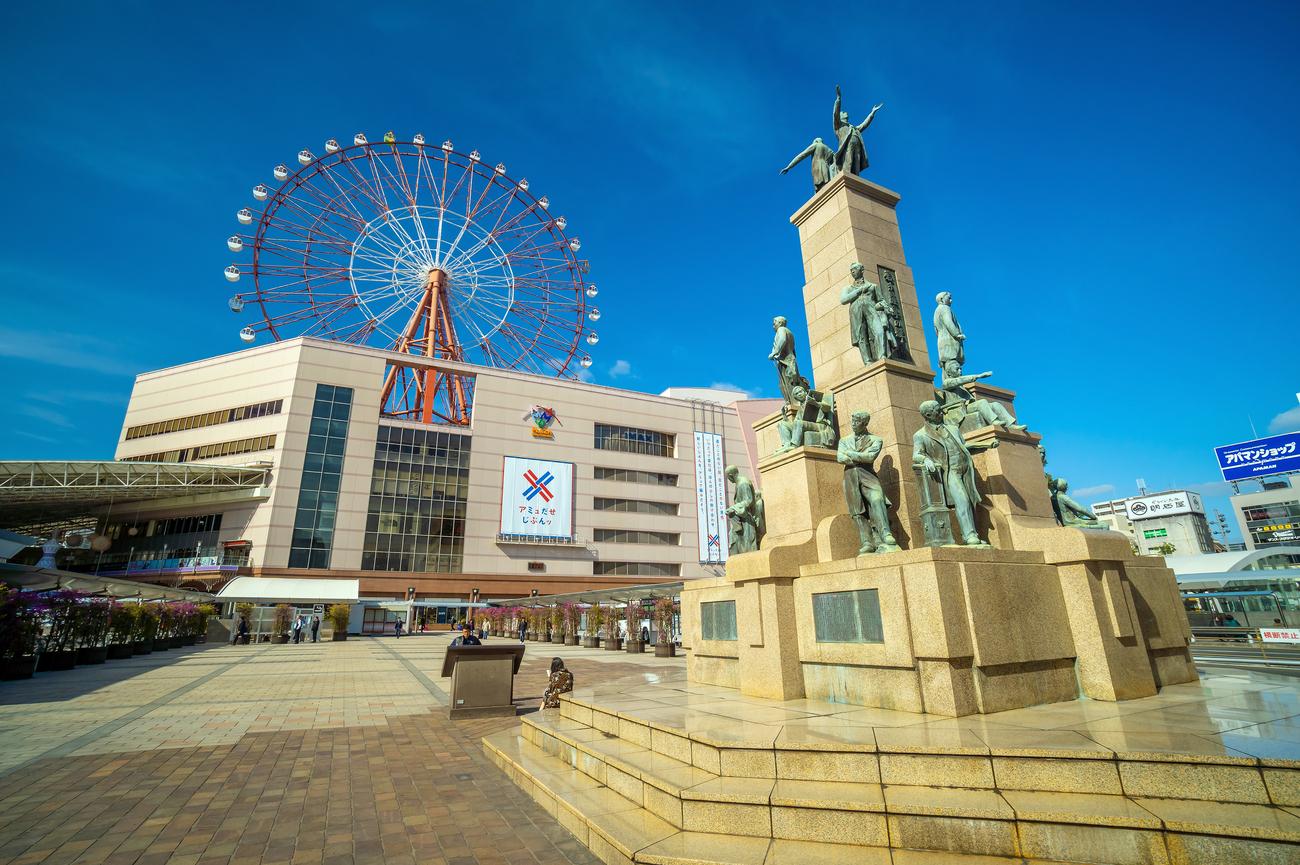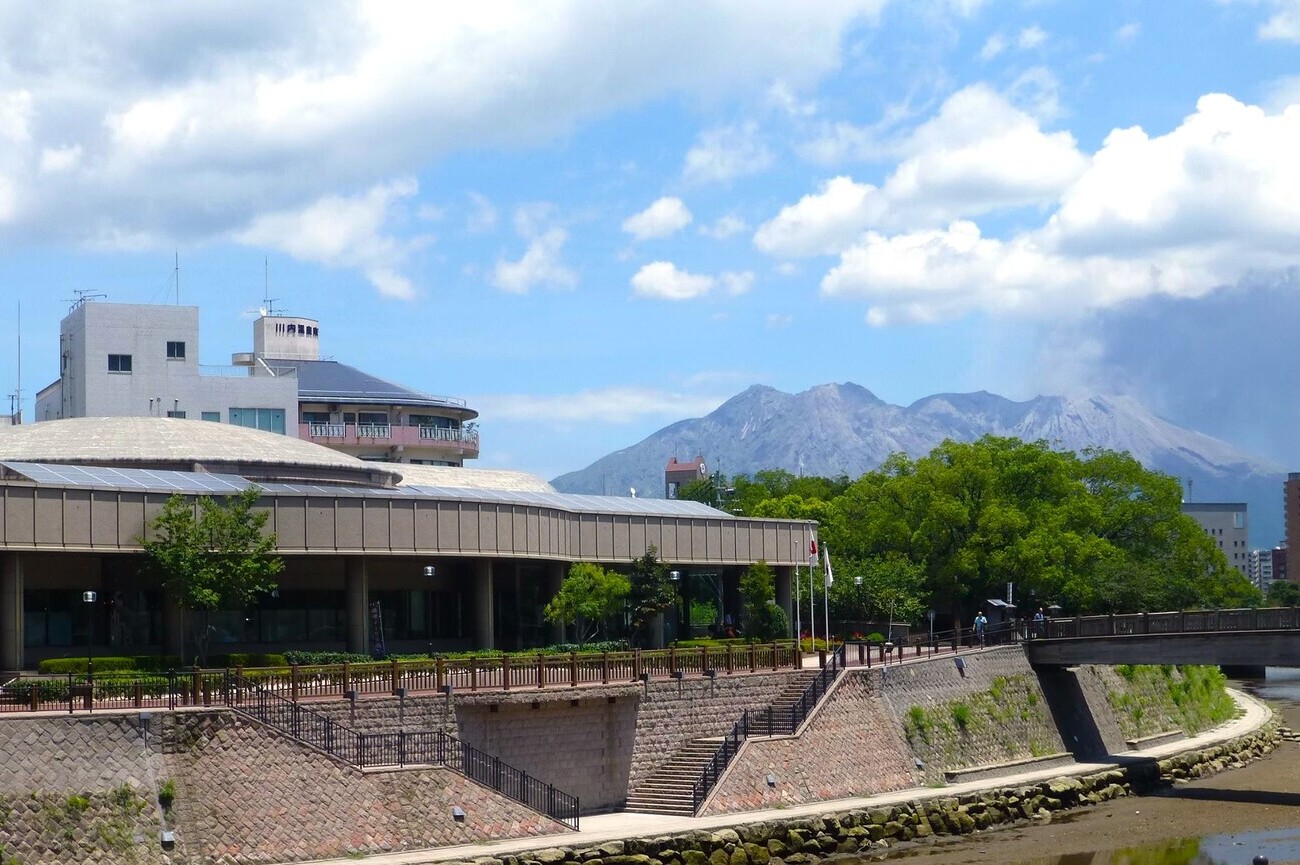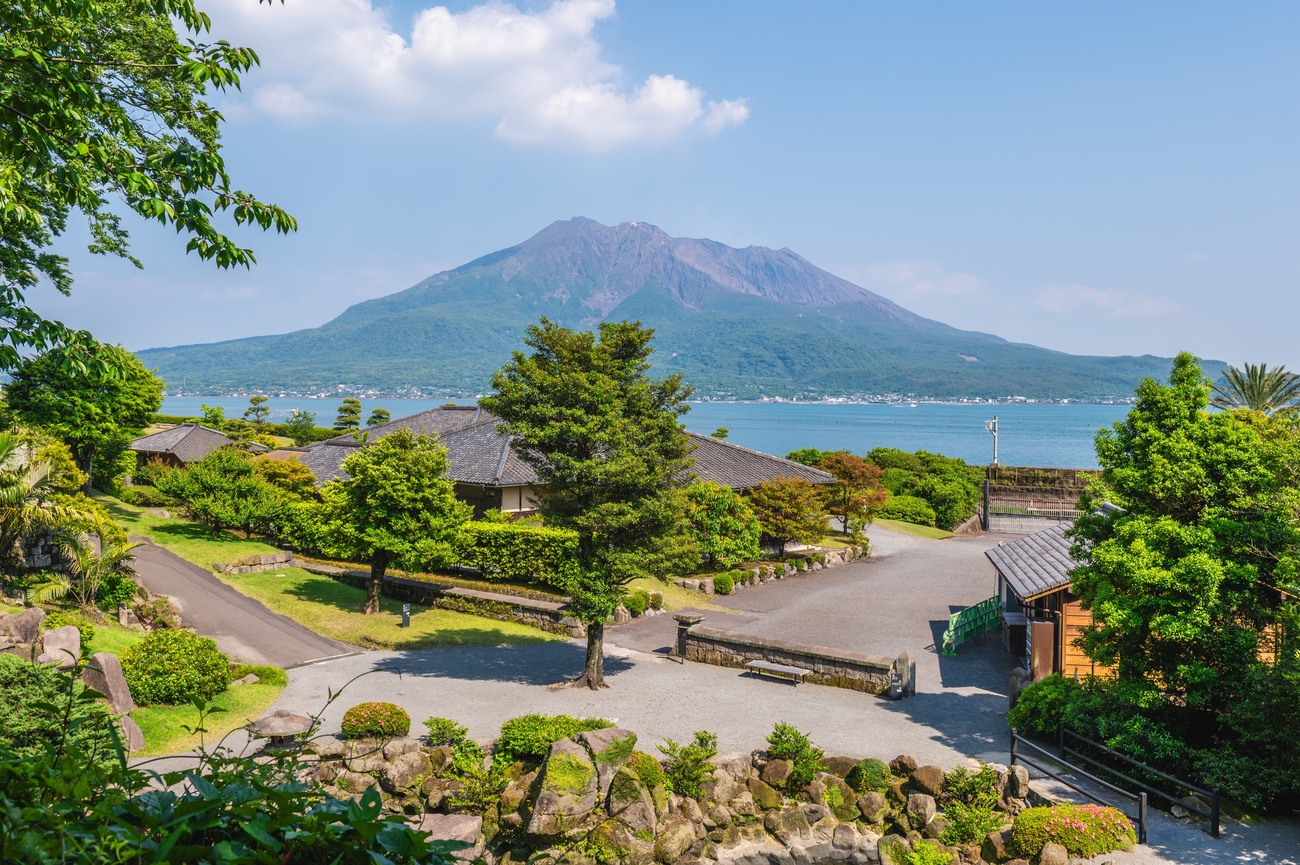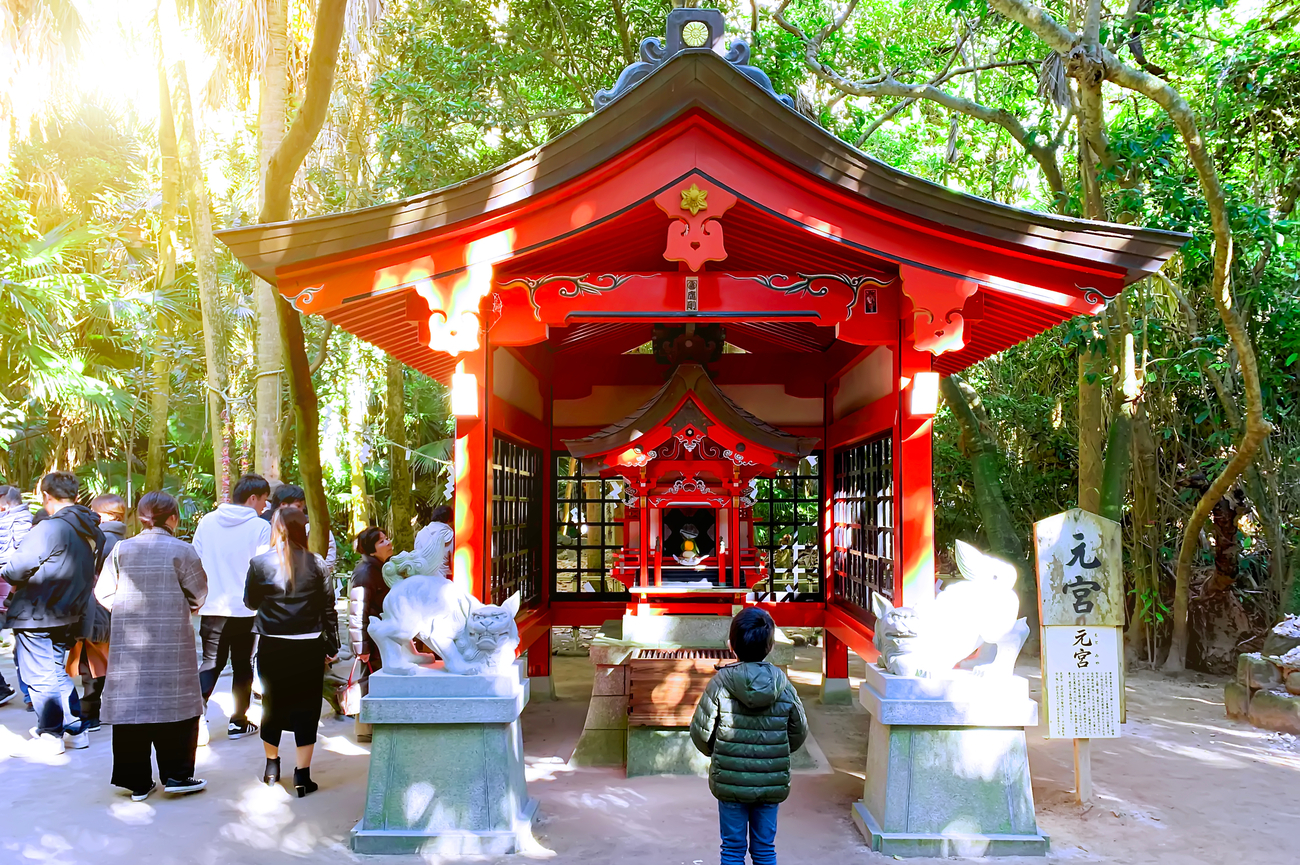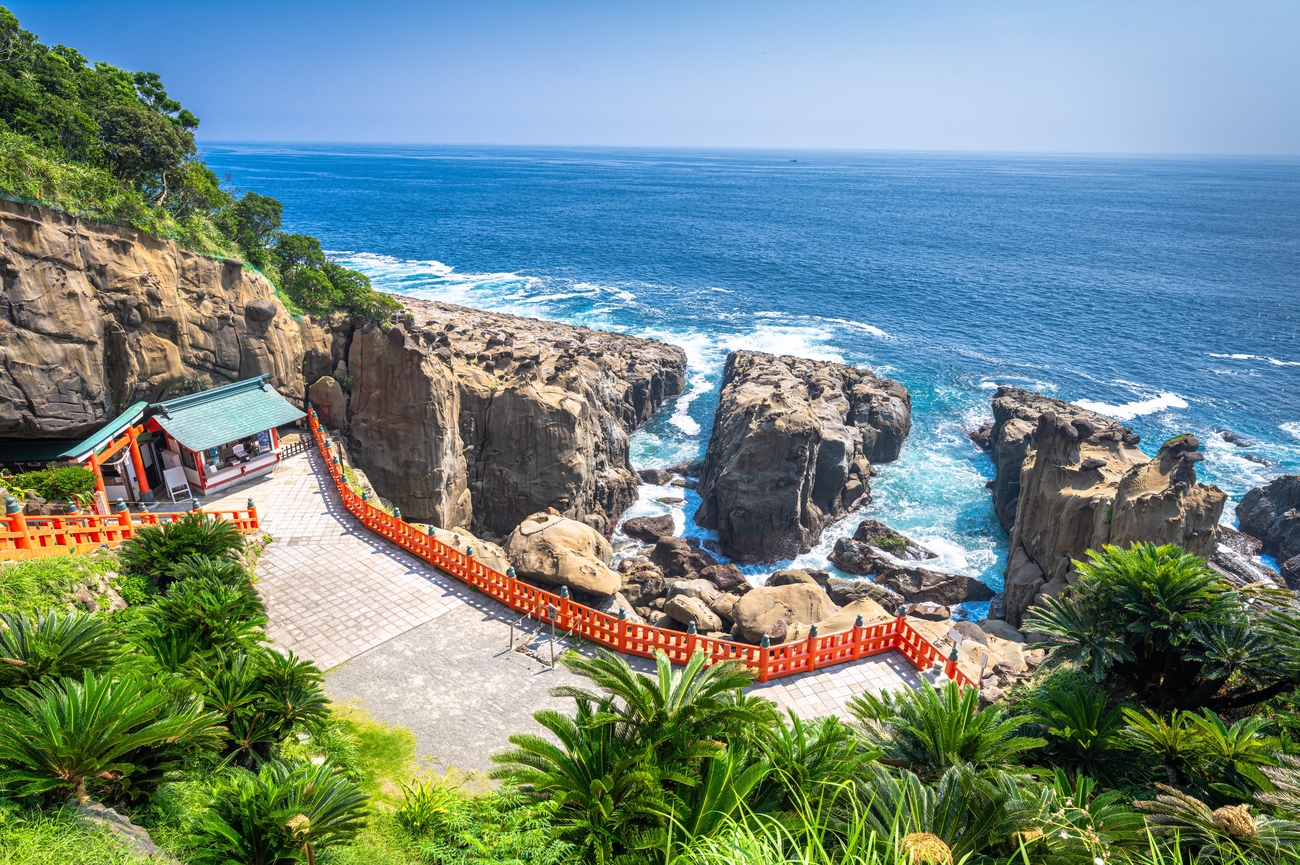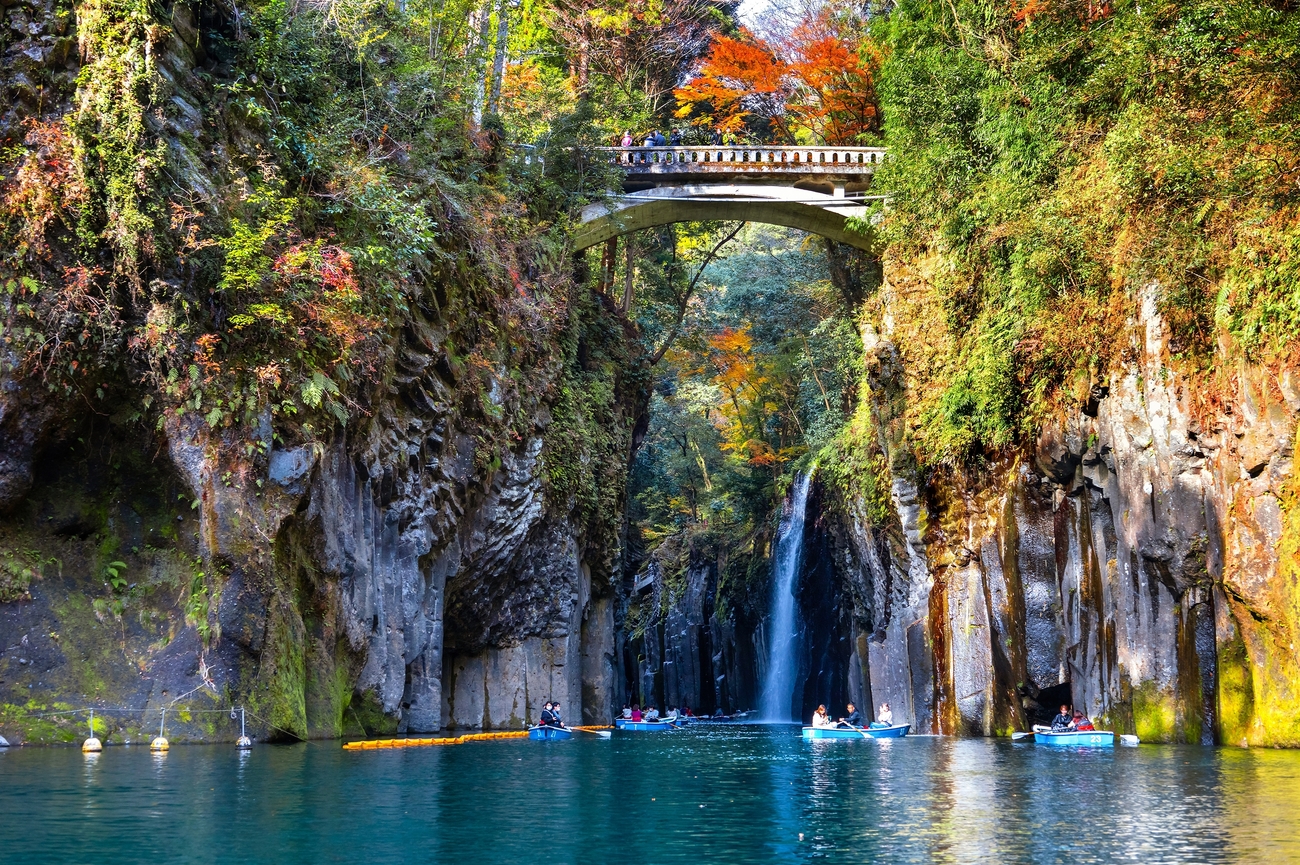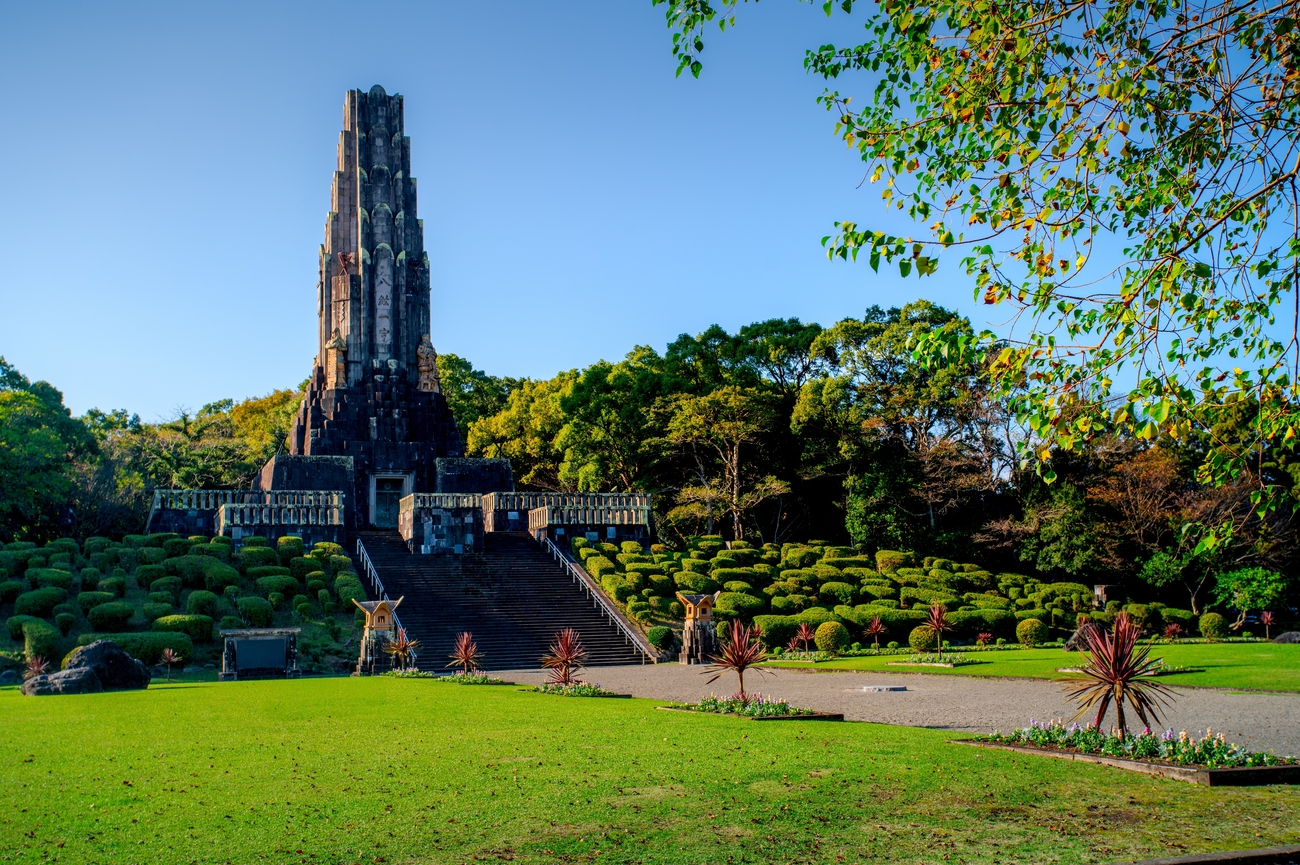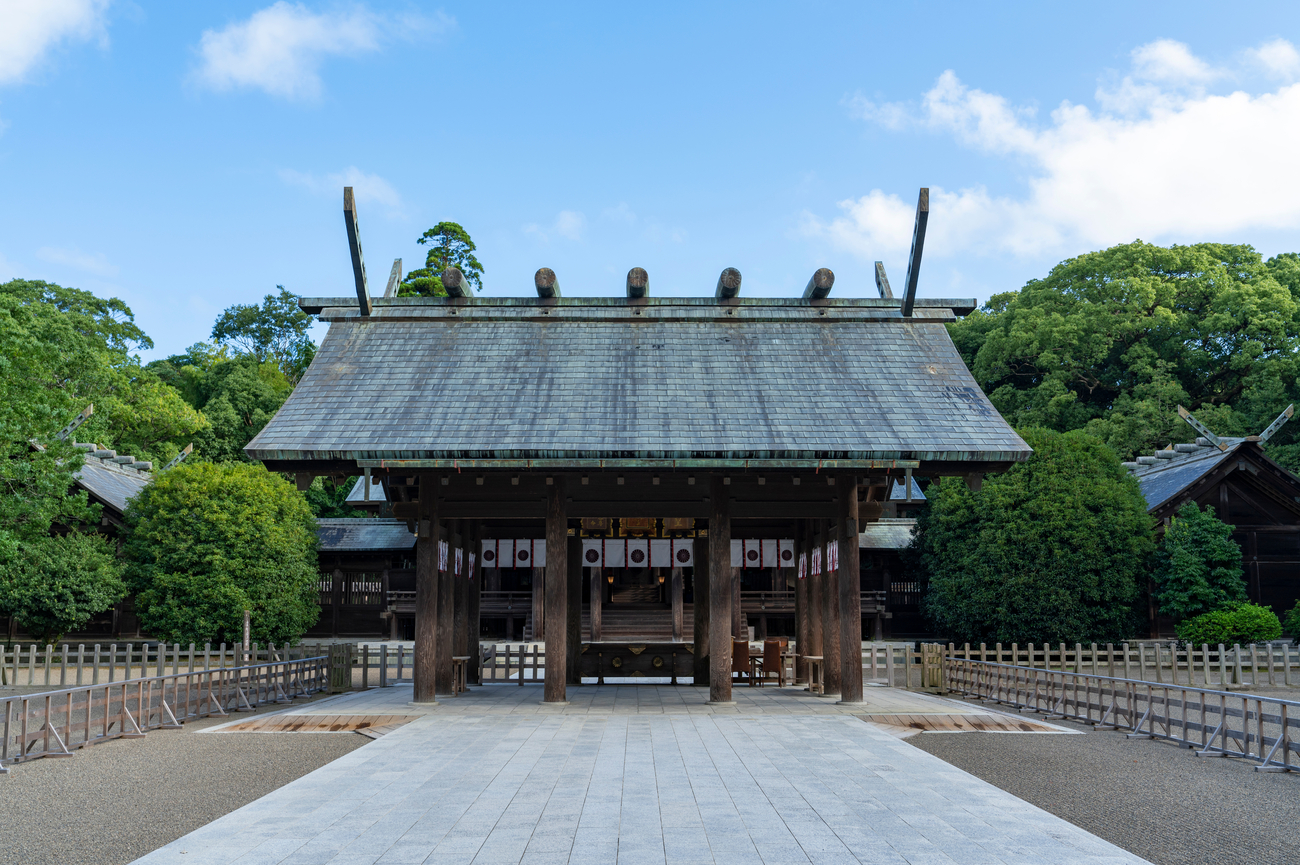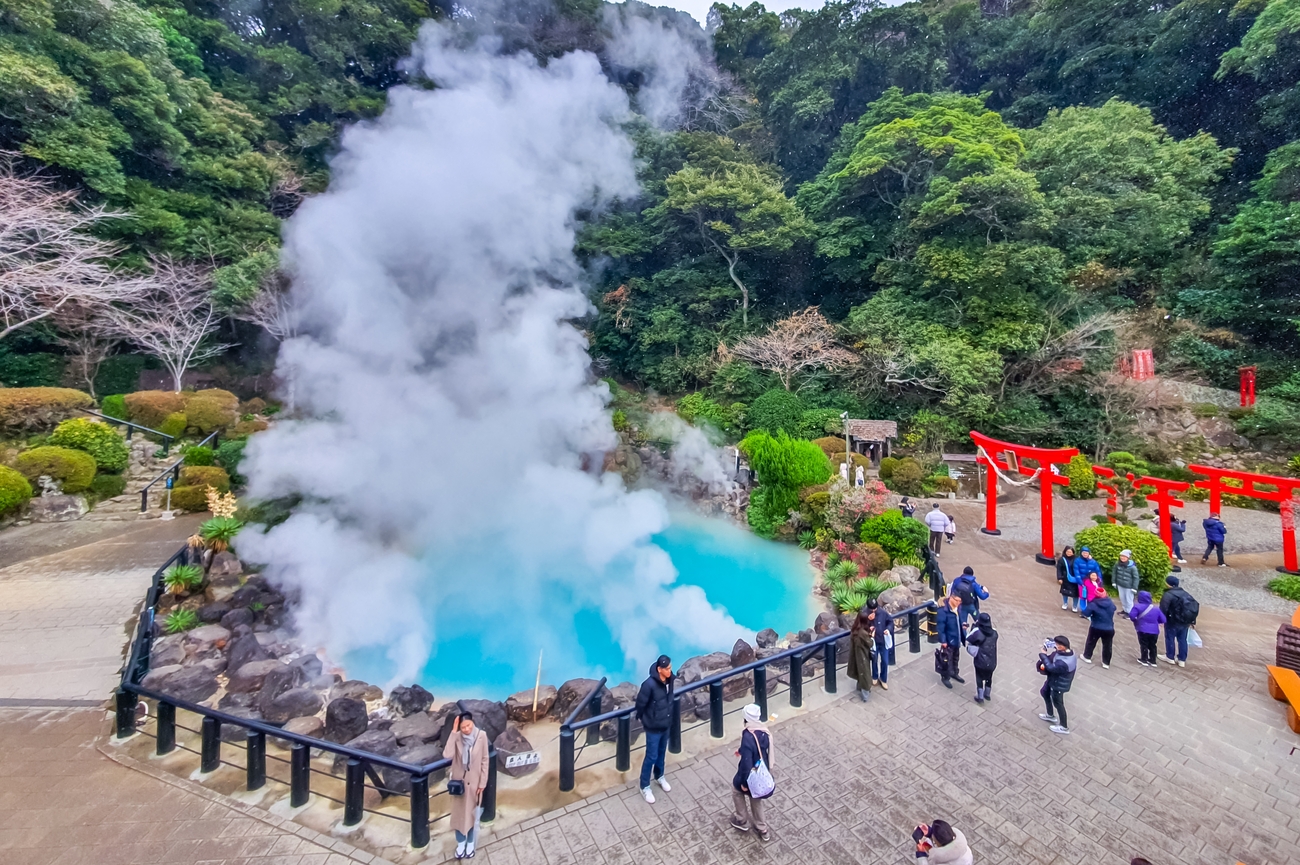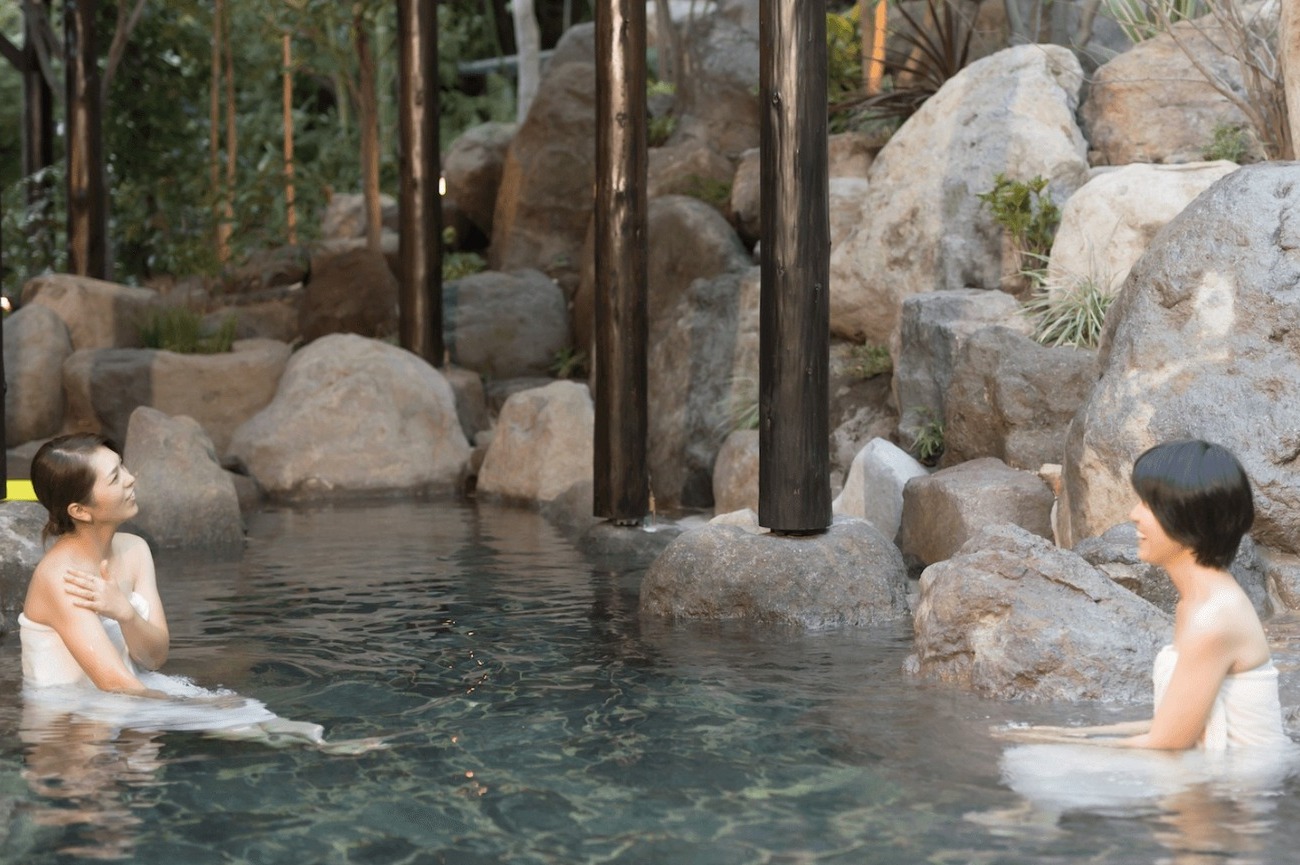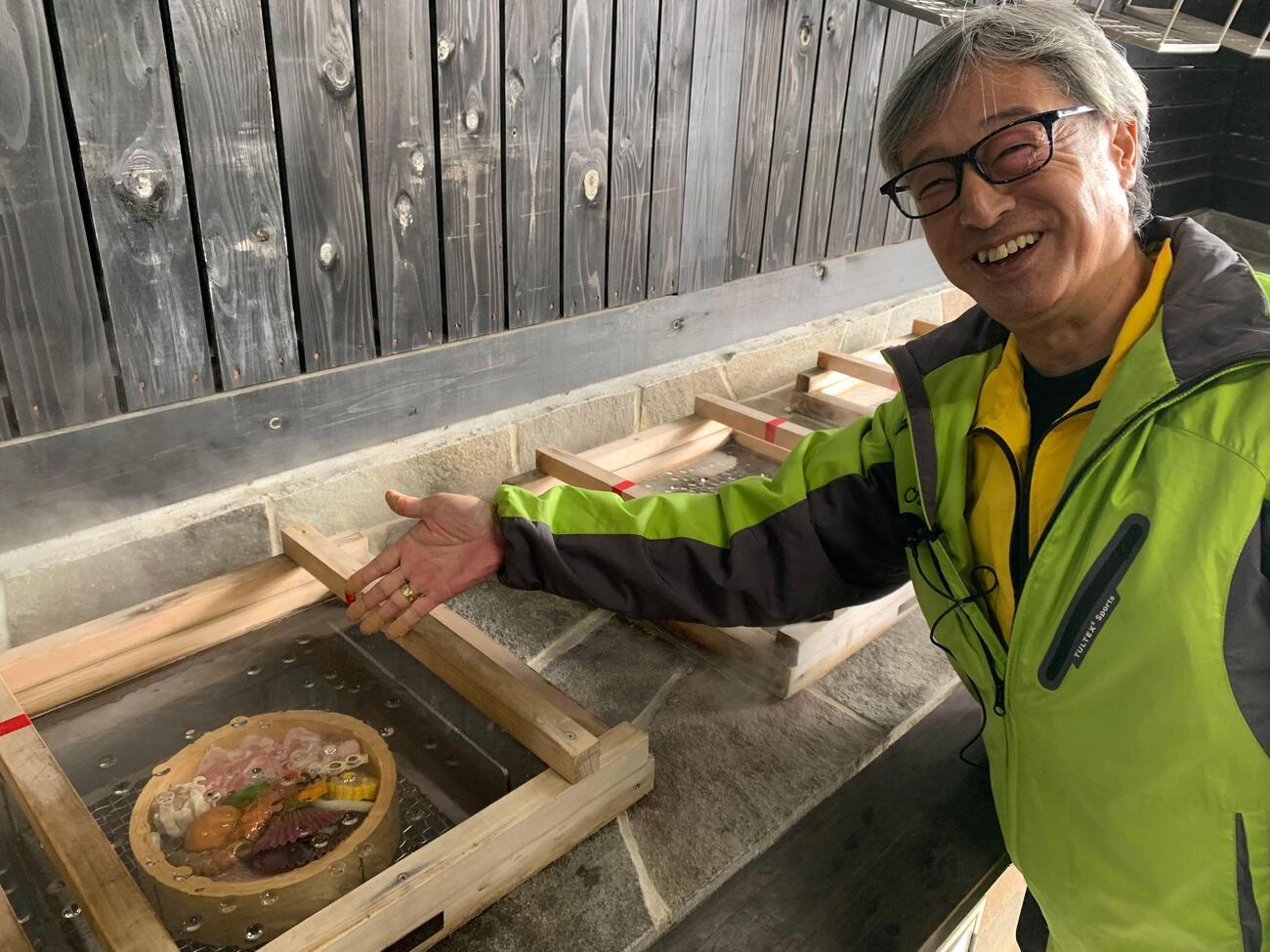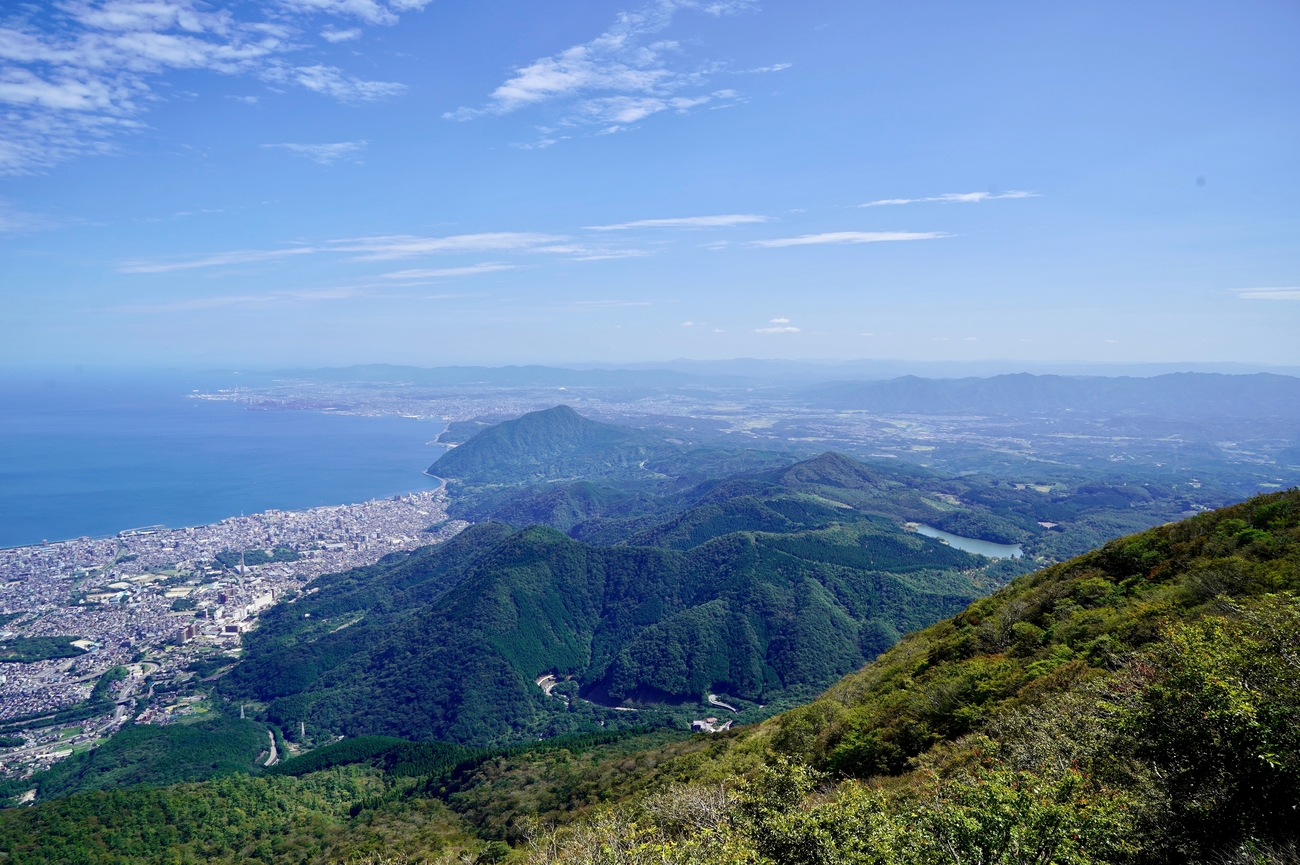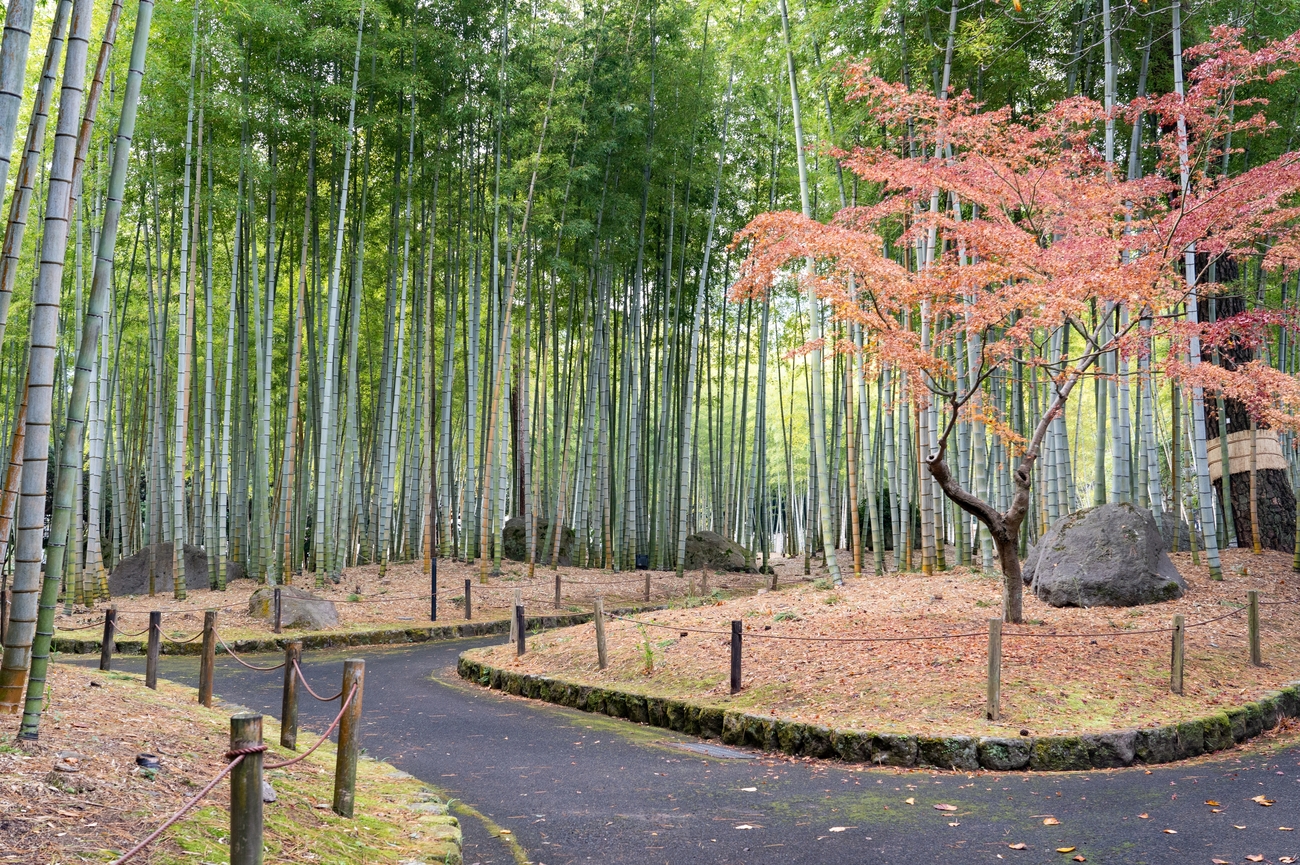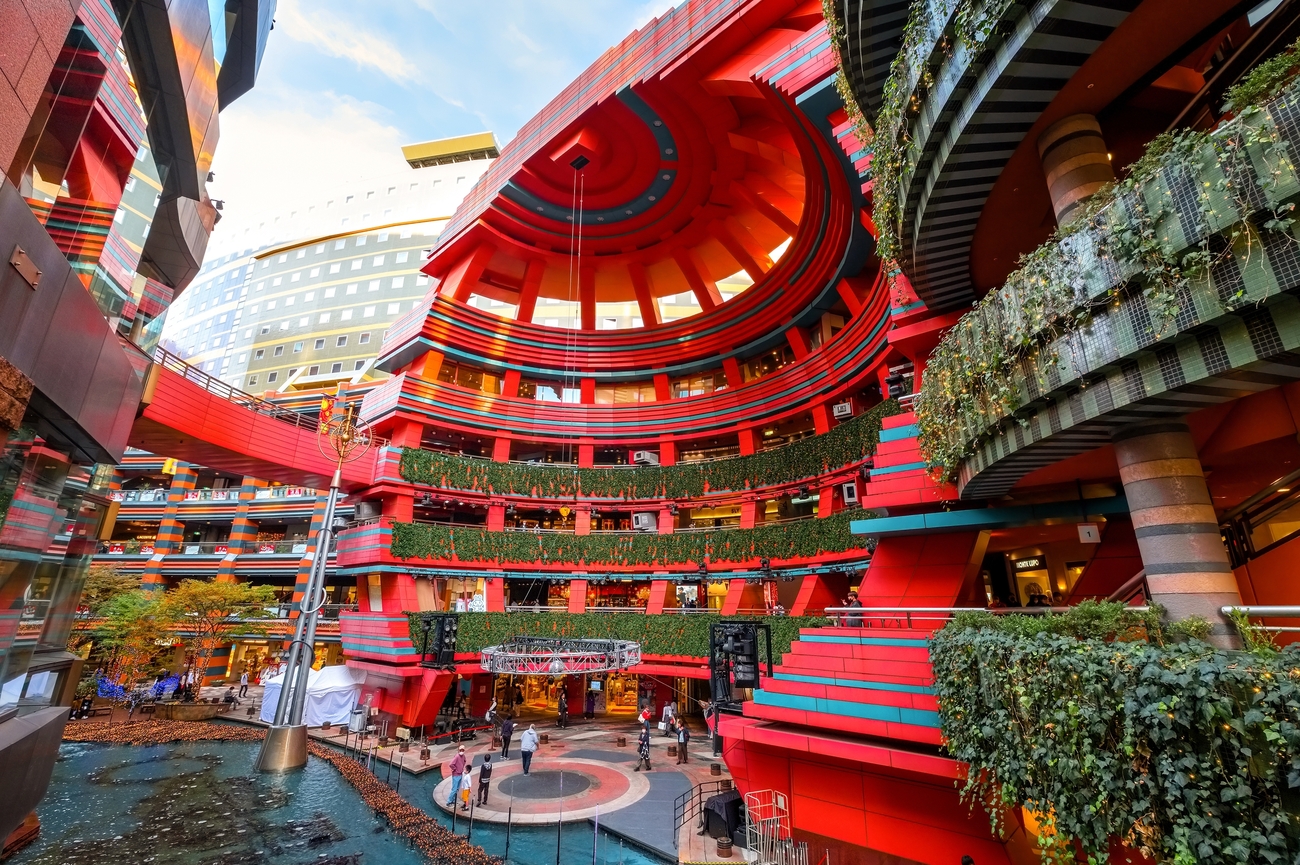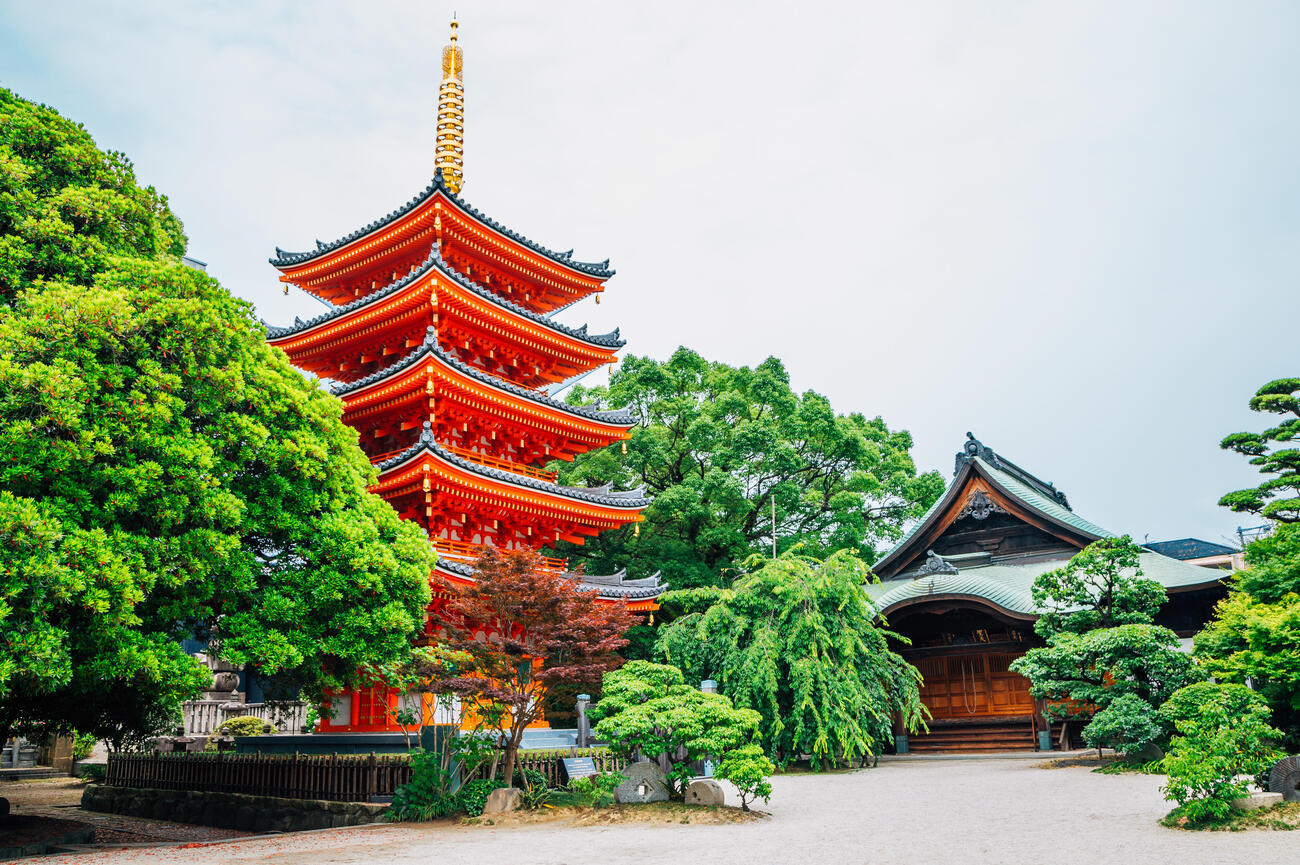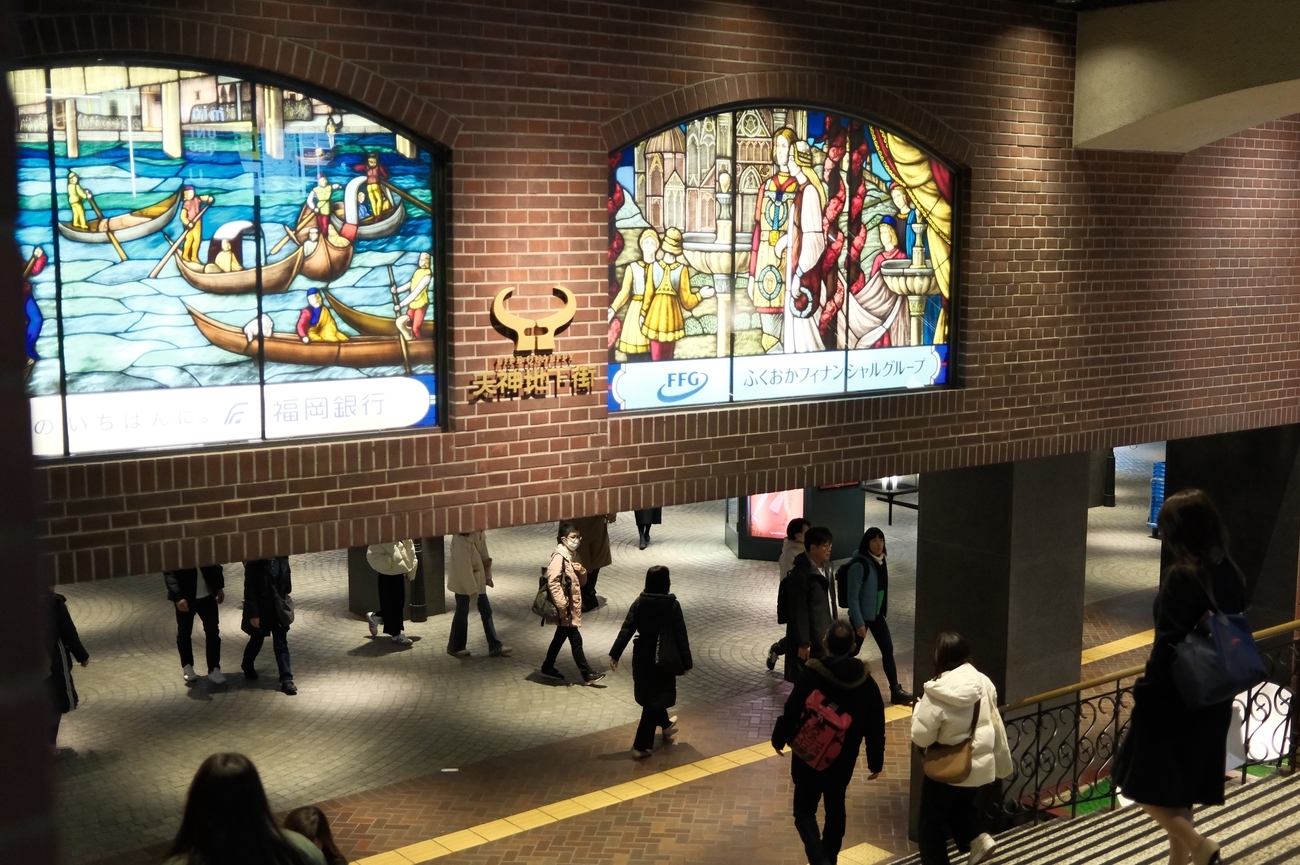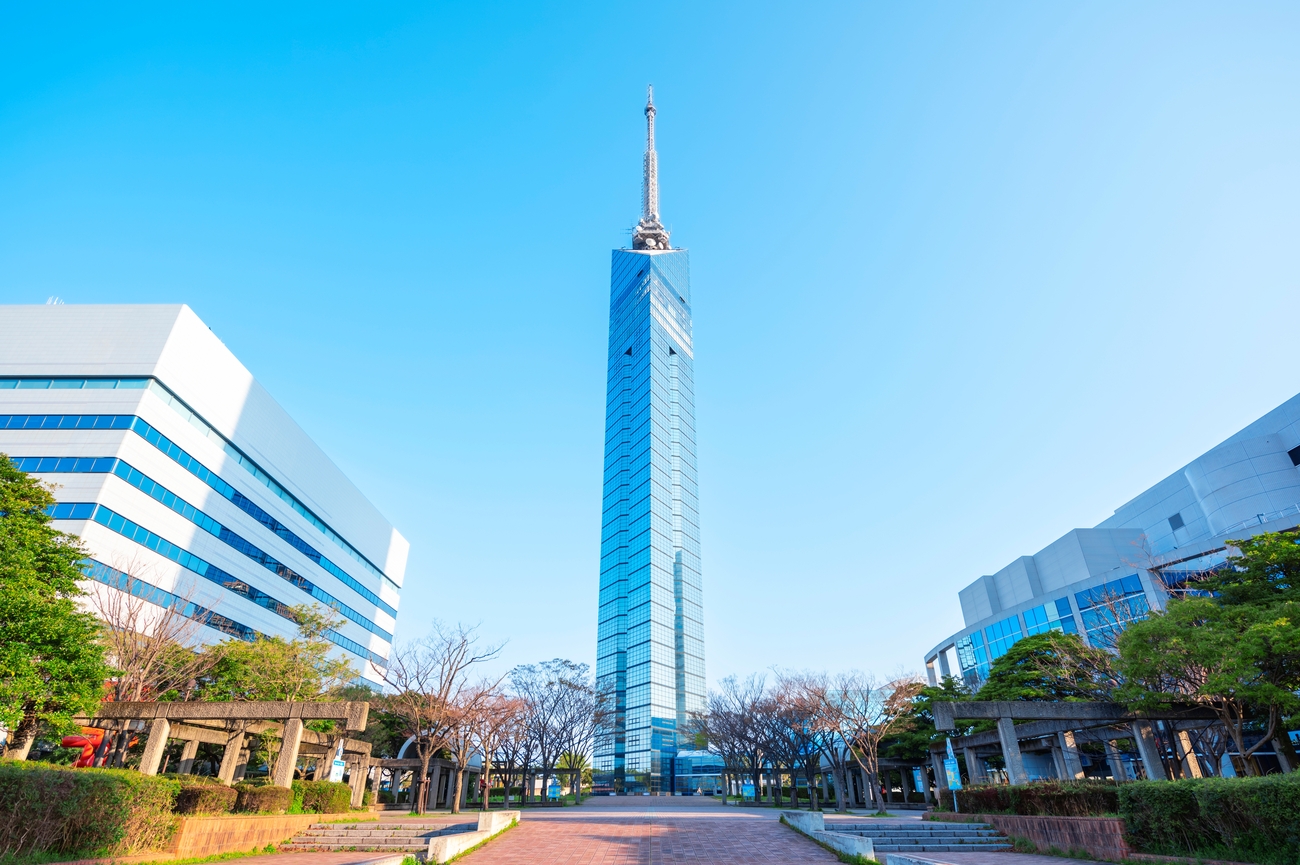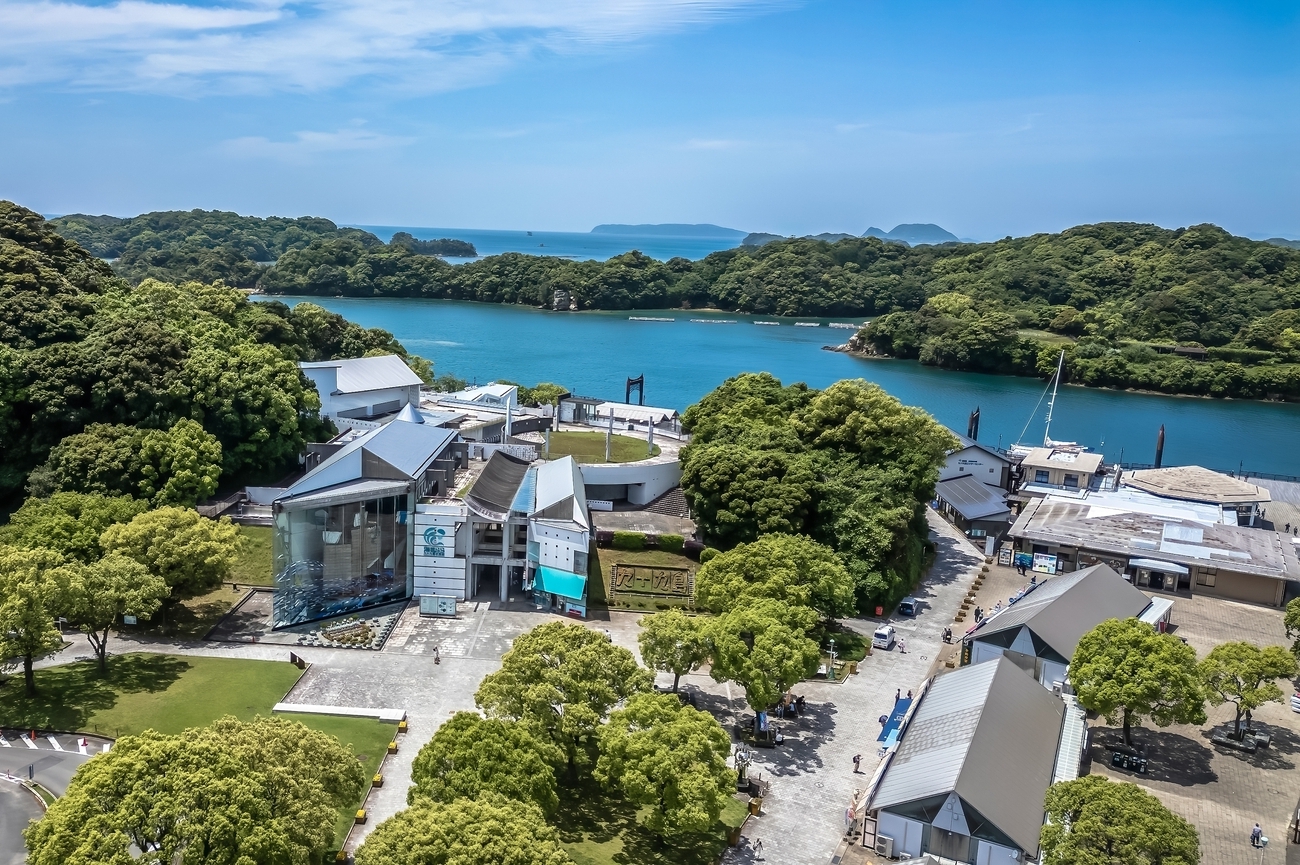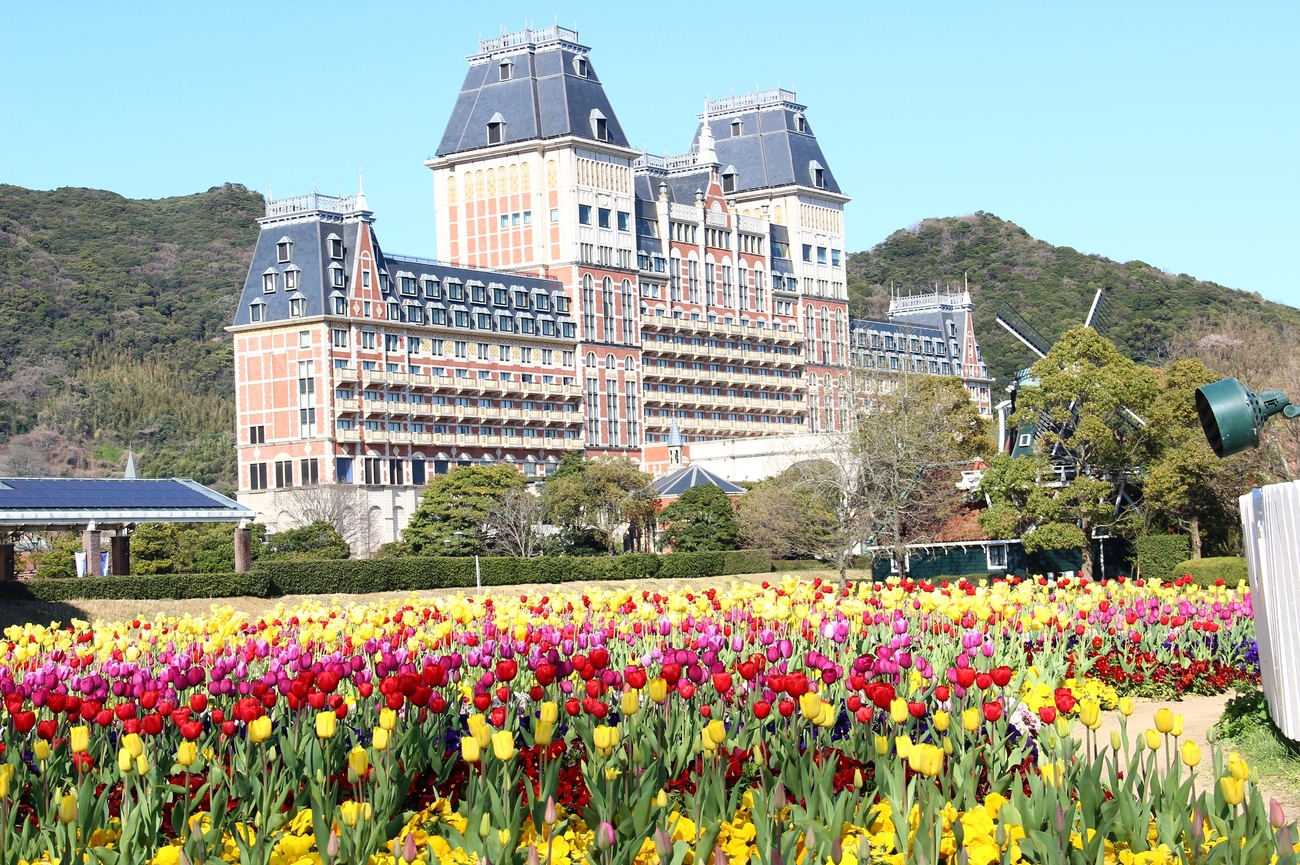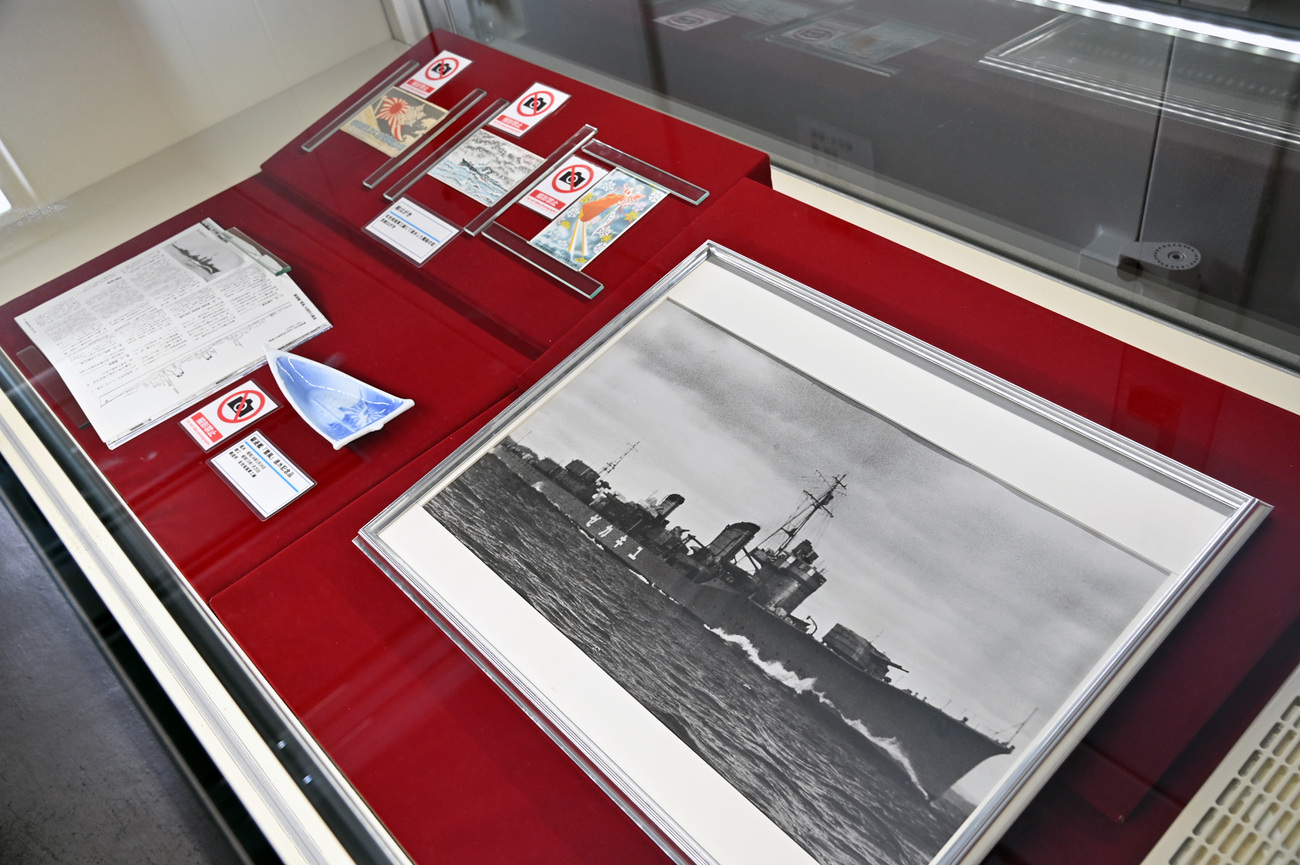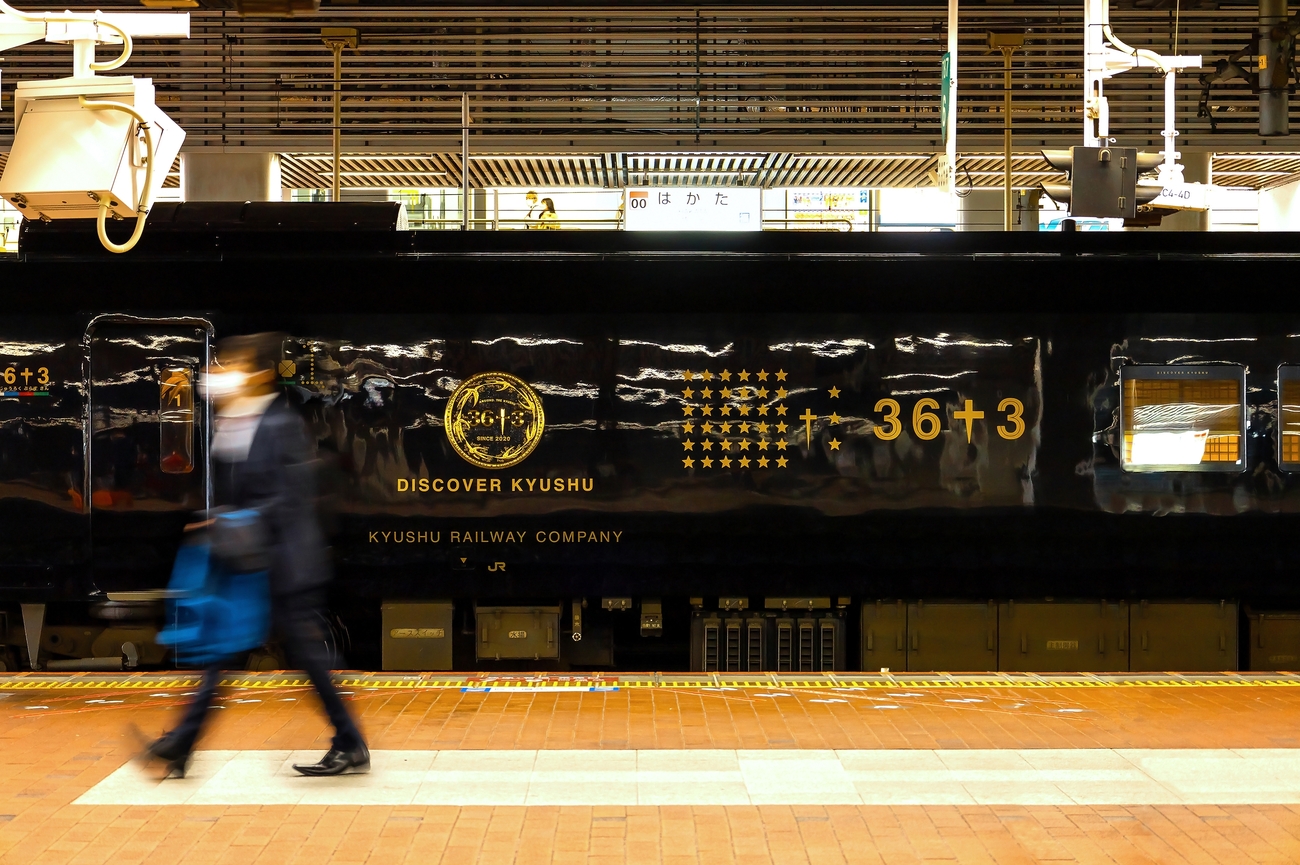Kyushu Express 36+3: Kagoshima, Miyazaki, Beppu,
Hakata,
and Sasebo

You might be wondering, why 36+3? The name 36+3 itself tells a story. The train travels through all seven prefectures of Kyushu (the world’s 36th largest island) showcasing 35 “episodes” of its food, nature, history, and hospitality. The “+3” stands for the three elements that make the journey special: the passengers, the locals, and JR Kyushu. Together, they form a circle of gratitude—because in Japanese, 36+3 = 39, pronounced “san-kyu”, meaning “thank you.”
Kyushu isn’t just one destination, it’s a moving mosaic. The JR Kyushu Express 36+3 ties together the island’s finest experiences in one unforgettable journey. Each route has its own charm: Thursday’s tea ceremony, Friday’s black vinegar tasting, Saturday’s plum workshop, Sunday’s handmade sweets and textiles, and Monday’s pottery session. More than a train, it’s your front-row seat to Kyushu’s craft, cuisine, and character. Step aboard and settle in.
Kyushu Express 36+3 Carriages
The JR Kyushu Express “36+3” features private cabins, lounge areas, and stylish seating cars that showcase traditional Japanese design with modern luxury. Designed by the same creative mind behind the Seven Stars Kyushu train, it features beautiful woodwork, tatami floors, and leather interiors. Here’s what you can expect inside its six elegant carriages:
Green Private Compartments (Car No. 1-3)
Cars 1 to 3 feature private rooms with different seating options: Car 1 has four 4-seat rooms, Car 2 has three 6-seat rooms, and Car 3 has six 2-seat rooms, perfect for couples or small groups. The interiors are decorated in soft, elegant tones with tatami flooring, creating a warm, traditional feel. You’ll need to remove your shoes and store them in the locker before entering your compartment for a true Japanese experience.
Bar Counter (Car No. 3)
Aside from private rooms, Car 3 also features a modern snack and bar area where you can enjoy drinks, light snacks, and exclusive Kyushu treats. Stop by the in-car counter to try local specialties or pick up a few souvenirs while relaxing between scenic stops.
Lounge (Car No. 4)
Car 4 is the communal lounge, open to all passengers. It features a beautiful arched ceiling with intricate latticework, known as "Okawa kumiko," a traditional technique from Fukuoka. Here, you can chill and relax at the tables or window counters, or maybe chat with your fellow passengers while enjoying the passing Kyushu scenery.
Green Seats (Car No. 5-6)
Cars 5 and 6 offer spacious first-class seating perfect for solo travelers or couples. Car 5 features a 2+1 seat layout with large tables and leather pockets for comfortable dining, while Car 6 offers a unique tatami-floor experience—the first of its kind on a JR Kyushu train. Its layout is reversed to give you the best ocean views, and guests are asked to remove their shoes before entering.
Kyushu Express 36+3 Routes

Thursday Route: Hakata to Kagoshima
Route: Hakata – Tamana – Kumamoto – Ushino-hama – Kagoshima-chuo
This route runs along Kyushu’s scenic western coast, stopping at Hakata, Tamana, Kumamoto, Ushinohama, and Kagoshima-Chuo. The train departs Hakata at 10:00 a.m., with 20-minute station stops along the way, perfect for stretching your legs or exploring the platforms for some fun collectible stamps.
Onboard, you can shop for local specialties from areas along the route, including taiyaki (fish-shaped pastries) from the Iwashi Bldg. in Akune City and regional products from northern Kumamoto.
Depending on your seat, you’ll enjoy one of two lunch options: the Hanakomachi multi-tiered lunch box in the private compartments, featuring seasonal flavors from Kumamoto, or the Japanese Cuisine Tagami “Mountain’s Bounty” lunch box for standard seating.
The train also holds special events or activities on board. For Thursday Route, there’s Kyushu Tea Experience, held in Car 3, where you can taste and blend sencha (green tea) while learning about Kyushu’s tea culture. Spaces are limited, so we can arrange this for you in advance.
Along the route, don’t forget to collect the Eki Stamps, a special collectible stamp available at Tamana Station and Ushinohama Station. Be sure to get them before the train departs!
Friday Route: Kagoshima to
Miyazaki
Route: Kagoshima – Kirishima-jingu – Osumi-okawara – Miyazaki
This route takes you east across southern Kyushu, showcasing beautiful coastal views, forests, and volcanic landscapes. The train departs Kagoshima Station at 11:22 a.m., stopping for about 25 minutes at Kirishima-Jingu Station and 45 minutes at Osumi-Okawara Station, which gives you time to explore or shop for local treats.
At Osumi-Okawara Station, visit Takamori Café and Sueyoshi Seicha Kobo, where locals from Soo City welcome you with fresh gibier (game meat) burgers, homemade sweets, and freshly brewed tea made with local ingredients.
Onboard, your lunch options depend on your seat type. Private-compartment passengers enjoy “French Kitchen Syunsai,” a seasonal French lunch box celebrating the flavors of Kagoshima. Standard-seating passengers are served “Mori-no-Bento Yamadaya,” a Karei River Lunch Box +3 featuring local delicacies made with love.
Don’t miss the onboard experience in Car 3. For Friday Route, there’s the free “Introduction to Black Vinegar” where you can taste 3-year and rare 10-year aged black vinegar. Two free sessions are held (around 2:20 p.m. and 2:40 p.m.), with only 20 participants per session, we can book this for you in advance.
Don’t forget to collect the Eki Stamps at Kirishima-Jingu Station and Osumi-Okawara Station as souvenirs from your journey, just make sure to get them before the train departs!
Saturday Route: Miyazaki Airport
to Beppu
Route: Miyazaki Airport – Miyazaki – Nobeoka – Sotaro – Shigeoka – Oita – Beppu
This route travels up the eastern coast of Kyushu, showing beautiful views of the Hyuga-nada Sea and the lush landscapes of Oita Prefecture. The train departs Miyazaki Airport Station at 11:37 a.m. (or Miyazaki Station at 11:51 a.m.) and stops for 10 minutes at Nobeoka Station and Sotaro Station, then 25 minutes at Shigeoka Station.
At Nobeoka Station, you can browse and buy local specialties from the “Encross” complex, and at Shigeoka Station, locals from Saiki City sell regional products and treats.
Onboard, your lunch is provided depending on your seat type. Private-compartment passengers enjoy Seasonal Cuisine Kawano’s Kaiseki Lunch Box, highlighting the flavors and colors of Miyazaki, while standard-seating passengers are served Pappacarbone’s Italian-Japanese lunch, especially made by a Neapolitan-trained chef.
The onboard experience for this route is the Kyushu Plum Experience in Car 3, where you can make your own plum wine or syrup. The cost depends on your chosen drink, and since spots are limited, we can book this for you in advance.
Don’t forget to collect your Eki Stamps at Nobeoka Station and Shigeoka Station before the train departs.
Sunday Route: Oita to Hakata
Route: Oita – Beppu – Kitsuki – Nakatsu – Mojiko – Kokura – Hakata
The Sunday route follows Kyushu’s northern coastline, offering beautiful views of Beppu Bay and the scenic landscapes of Oita Prefecture. The train departs Oita Station at 10:48 a.m., stopping for 15 minutes at Kitsuki Station and Nakatsu Station, and 60 minutes at Mojiko Station.
The longer stop at Mojiko Station lets you explore the historic port town, take photos of its retro station building, shop for local goods, or enjoy a leisurely stroll. At Nakatsu Station, locals sell regional specialties and karaage (fried foods).
Lunch is provided onboard depending on your seat type. Private-compartment passengers enjoy Japanese Cuisine Chikushitei’s traditional lunch, a taste of over 100 years of culinary history, while standard-seating passengers are served Shiki-no-Aji Ginnan’s “Tamate-Bako” lunch, a creative take on Oita’s local flavors.
For onboard experiences, choose between two free activities held in Car 3:
- Introduction to Kompeito, where you can sample colorful, star-shaped Japanese sugar candies made with local ingredients
- Kokura-Ori Textile Workshop, where you can create a unique fabric piece using the Tate-ori pattern and receive a special wrapping cloth as a souvenir.
Since spaces are limited, we can reserve your spot early.
Lastly, don’t forget to collect your Eki Stamps at Kitsuki Station and Mojiko Station before the train departs.
Monday Route: Hakata to Sasebo
Route: Hakata – Saga – Hizenhama – Takeo-onsen – Kamiarita – Haiki – Sasebo
Monday's route travels west from Fukuoka through the historic Saga region, ending at the port city of Sasebo. The train departs Hakata Station at 11:23 a.m. and stops for 15 minutes at Kamiarita Station.
At Hizenhama Station, you can explore Hizen Hamashuku, enjoy a sake tasting, and shop for local specialty products. At Kamiarita Station, admire the elegant station building, visit its charming café, and browse locally made pottery.
Lunch is provided onboard depending on your seat type. Private-compartment passengers enjoy Japanese Cuisine Nagaoka, a fine meal inspired by the journey from Hakata to West Kyushu. Standard-seating passengers are served Nishimura Takahito La Cuisine Créativité, a fusion lunch that will bring you on a journey through west Kyushu.
The onboard experience for Monday is the Pottery Piece Workshop in Car 3, where you can create your own coaster using pottery fragments from West Kyushu. This is a paid activity, and we can arrange the reservation for you for a seamless experience.
Don’t forget to collect your Eki Stamps at Hizenhama Station and Takeo-Onsen Station before the train departs!
Where to Stay in Kagoshima
- Sheraton Kagoshima (5-star): Stay in style at the Sheraton Kagoshima, a luxury hotel known for its spectacular views of Sakurajima volcano and its natural volcanic hot spring spa. The rooms are spacious and elegantly designed, with some rooms overlooking Sakurajima and the sea, while others offer stunning city skyline views. Unwind in the hotel’s natural hot spring baths, with both indoor and open-air options, or enjoy a relaxing session in the sauna after a day of exploring around the city.
- Shiroyama Hotel Kagoshima (4-star): Located on a hilltop, Shiroyama Hotel Kagoshima offers panoramic views of the city, Kinko Bay, and the majestic Sakurajima volcano. This resort-style hotel features impressive facilities, including a natural hot spring onsen. Many rooms and public areas, especially the onsen, provide unobstructed views of Sakurajima. For the best experience, we can arrange a stay on the Premium Floor, where you’ll enjoy the most stunning volcano and city views right from your room.
- Solaria Nishitetsu Hotel Kagoshima (4-star): Stay in this modern and well-loved hotel located right across from Kagoshima Station. It’s just a quick two-minute walk to the Shinkansen, local trains, and airport bus, making it perfect for travelers on the go. The rooms are stylish and comfortable, with fantastic views of Sakurajima volcano from the upper floors and charming city views.
Where to Stay in Miyazaki
- The Meibia Miyazaki: Designed by famous architect Kengo Kuma, The Meibia Miyazaki is known for its nature-inspired “bamboo forest” design, featuring elegant touches of bamboo, water, and glass. With only 30 spacious rooms, the hotel offers an intimate and peaceful stay, far from the bustle of larger resorts. Even the standard rooms are generously sized and come with a private balcony or terrace, perfect for relaxing after exploring the city.
- Phoenix Seagaia Ocean Tower: If you’re looking for a stay filled with activities, the Phoenix Seagaia Ocean Tower is a fantastic choice. Unlike the intimate Meibia Miyazaki, this large coastal resort offers everything — from world-class golf courses and a luxury spa to natural hot springs and diverse dining options. Every room features panoramic views of the Pacific Ocean and surrounding golf courses, while the spacious interiors (starting at 50 m²) include specially designed beds for the ultimate comfort.
- Sleek Urban Hotel Miyazaki: Enjoy a modern, all-suite experience in the heart of downtown Miyazaki. This stylish hotel offers a private and sophisticated stay, with spacious suites that include a mini-kitchen, laundry facilities, and access to a private sauna. Choose from Junior, Premium, or Royal Suites, all designed in elegant monochrome interiors with spacious living areas that make you feel right at home.
Where to Stay in Beppu
- ANA InterContinental Beppu Resort & Spa by IHG (5-star): Located in the hills overlooking Beppu Bay. This luxury resort offers spacious, elegantly designed rooms featuring bamboo and Beppu stone, with large windows framing breathtaking views of either the bay or surrounding mountains. One of the resort’s highlights is its award-winning HARNN Spa, a Thai brand that offers rejuvenating treatments for the ultimate relaxation.
- Hotel Shiragiku (4-star): Experience the elegance of a traditional Japanese onsen ryokan known for its warm hospitality, fine dining, and soothing hot spring baths. Conveniently located near Beppu Station and Beppu Park, the hotel features both indoor and outdoor baths, including one set in a Japanese garden with a stone lantern and another designed as a relaxing “Blue Cave” bubble bath. You can choose between Japanese-style rooms with tatami and futon bedding or Western-style rooms with standard beds, or enjoy the best of both worlds in a premium suite.
- AMANEK Beppu YULA-RE (3-star): This modern hotel features sleek design with touches of traditional Japanese aesthetics. Its highlight is the rooftop infinity pool, where you can soak in breathtaking views of Beppu Bay and the surrounding mountains. Rooms feature a warm, natural aesthetic with wood, bamboo, and soft lighting, ranging from standard kings and twins to larger suites, including one with a private hot spring bath. Don’t forget to pick a patterned yukata in the lobby to wear during your stay for the full Japanese experience.
- Granxia Beppu Kannawa: Experience luxury camping at this glamping resort in Beppu’s famous Kannawa hot spring district. Enjoy the best of both worlds (nature and comfort) with your own private hot spring bath, air-conditioned dome tent, and outdoor dining space. Choose from cozy tents for couples or spacious “Grande” domes for families and groups. Each cabin comes with its own bath, dining area, and toilet, giving you privacy, convenience, and a peaceful retreat surrounded by nature.
Where to Stay in Hakata
- The Ritz-Carlton, Fukuoka (5-star): Located in the heart of the lively Tenjin district, on the upper floors of the Fukuoka Daimyo Garden City building, the hotel features modern elegance with traditional Japanese design. The rooms are spacious and beautifully designed, featuring local arts like Hakata-ori silk, woven bamboo, natural wood, and Kyushu ceramics. Large windows frame breathtaking views of the city skyline, Ohori Park, or Hakata Bay, giving you a true sense of Fukuoka’s charm and sophistication.
- Grand Hyatt Fukuoka (5-star): Located inside Canal City Hakata, one of Fukuoka’s top shopping and entertainment hubs. Here, you can expect spacious rooms, elegant service, and easy access to the city’s best dining and attractions. The rooms blend East-meets-West design with large bathrooms featuring deep soaking tubs and separate showers. For a touch of tradition, some suites include tatami-style living areas and views of a private Japanese garden, perfect for a peaceful stay in the heart of the city.
- Hotel Nikko Fukuoka (4-star): Just a three-minute walk from JR Hakata Station, Hotel Nikko Fukuoka offers a comfortable and convenient stay whether you’re here for business or leisure. The rooms are spacious, well-maintained, and larger than average hotel rooms. The rooms feature a calm, muted color palette for a relaxing atmosphere. There’s also a direct underground walkway connecting the hotel to Hakata Station, so you can move around easily, rain or shine.
- Hilltop Resort Fukuoka (4-star): Escape the city buzz at Hilltop Resort Fukuoka, a boutique hotel surrounded by greenery on a peaceful hilltop. Though slightly removed from the city center, the hotel offers a free shuttle service for easy access to major stations and attractions. Rooms are spacious and beautifully designed, with some featuring private terraces or balconies overlooking the city. You can choose between Japanese-style rooms with tatami floors and futon bedding for an authentic touch, or Western-style rooms with modern comforts and cozy beds.
Where to Stay in Sasebo
- Kujukushima Bayside Hotel & Resort Flags: Located within the stunning Saikai National Park, this resort offers beautiful views of the 99 (Kujukushima) Islands. Choose between Western-style rooms with cozy beds or Japanese-style rooms with tatami flooring and futon bedding for a traditional touch. After a day of exploring, unwind in the hotel’s large public hot spring bath (onsen), the perfect way to relax and take in the peaceful atmosphere.
- Hotel Nikko Huis Ten Bosch: Conveniently located right next to the Huis Ten Bosch theme park, this hotel is perfect if you’re travelling with your family and looking for comfort and easy access to the Huis Ten Bosch theme park. It features a private entrance to the park, spacious and spotless rooms with a warm, modern design, and a friendly staff that ensures a pleasant stay.
- Hotel Amsterdam Huis Ten Bosch: Stay right in the heart of the Huis Ten Bosch theme park at this charming European-style hotel. Designed to look like a Dutch village, it’s just a minute’s walk from Amsterdam Square and is the only hotel inside the park’s main paid area, meaning you can easily pop back to your room anytime. Guests enjoy exclusive perks like early park entry, quiet morning strolls before opening, and evening access to see the park beautifully lit after hours. Many rooms even offer fireworks views, and the hotel’s lounge features live music and evening entertainment, perfect for unwinding after a fun-filled day.
Where to Eat in Kagoshima
- Sushi Sho Nomura: Experience an exceptional omakase (chef’s choice) meal at this intimate sushi restaurant, where every dish is made from the freshest seasonal ingredients. Your meal begins with delicate tsumami (small plates) followed by expertly made nigirizushi, featuring premium fish from Kagoshima and across Kyushu, along with specialties like sea urchin and abalone sourced just for the restaurant. The chef personally pairs each course with select sakes and serves them with five signature sauces to enhance every bite.
- SENTI.U: Enjoy a refined take on Italian cuisine rooted in “nature gastronomy,” where nearly every ingredient comes fresh from the local Osumi Peninsula. The restaurant serves a seasonal chef’s tasting menu, so dishes change throughout the year. You can expect fresh seafood like abalone, squid, and white fish from Kagoshima and Shibushi Bays, along with homegrown produce such as sweet potatoes and daikon from the chef’s own garden. Every plate reflects the seasons and the region’s natural abundance.
- Meizan Kimiya: Dine at one of Kagoshima’s most exclusive restaurants, where two brothers combine traditional Japanese cuisine (Nihon Ryori) and Edomae-style sushi into a seamless tasting experience. Their monthly changing menu combines elegant dishes with perfectly crafted sushi, all made from the freshest seasonal ingredients.
- et NOU: Known for its beautifully presented plates with a touch of mystery, as many dishes are served in ways that surprise. et NOU is perfect for romantic dinners or special occasions. Enjoy flavors made with premium Kagoshima meats and fresh local seafood, all made with precision and style.
Where to Eat in Miyazaki
- Torimasa Miyazaki: A high-end yakitori (grilled chicken skewers) restaurant, known for its masterful use of Miyazaki Jitokko, a prized local chicken. Each skewer is grilled to perfection over charcoal by a chef trained in Tokyo, showcasing both classic and rare cuts. Don’t miss their signature Sumibiyaki Dori, a smoky charcoal-roasted chicken, or the beloved Chicken Nanban, Miyazaki’s famous fried chicken with sweet vinegar and creamy tartar sauce.
- Isshinzushi Koyo: One of Miyazaki’s most respected sushi restaurants, celebrated for over 50 years. Isshinzushi Koyo serves exquisite sushi and kaiseki courses that showcase Miyazaki’s best seasonal ingredients. Try their signature Miyazaki-mae sushi, a unique local style that blends subtle flavors, like a touch of honey in the rice, with fresh local fish such as sekiaji (mackerel) and swordfish. Each bite tastes the harmony of tradition, creativity, and Miyazaki’s natural bounty.
- Kitaura Zenryo: Experience true Japanese minimalism at Kitaura Zenryo, an intimate eight-seat restaurant led by Chef Zenbei Yoshida. With only four reservations accepted per day, the atmosphere is calm, personal, and deeply authentic. Chef Yoshida serves a single omakase (chef’s choice) menu that changes with the season, featuring the freshest local seafood often caught that very morning. Every dish is simple yet refined, no unnecessary flair, just pure, honest flavors that reflect the sea and the chef’s roots.
- Ranpu Tei Miyazaki: A beloved local restaurant that reimagines yoshoku, Western-style Japanese cuisine, with a refined, “New Classical” twist. Its cozy, vintage interiors and warm service make it a favorite among locals for decades. The menu highlights Miyazaki’s finest ingredients through timeless comfort dishes. Try the crab cream croquette, rich with béchamel, wine, and mushroom purée; the Miyazaki beef tail stew, slow-cooked in red wine until tender; or a perfectly seared Miyazaki beef steak, available in filet or sirloin cuts, each melt-in-your-mouth bite celebrating local flavor.
Where to Eat in Beppu
- Beppu Hirokado: An intimate fine-dining restaurant that celebrates the seasons through an omakase (chef’s choice) menu crafted from the freshest ingredients of Oita and Kyushu. Chef Hirokado, who trained in Michelin-starred restaurants, combines technique with a warm, welcoming approach, every course is served at a relaxed pace. Try the chef’s signature handmade soba, a highlight of his training under a soba master.
- Karin Beppu: Known for its Chinese-inspired Japanese dishes, especially its handmade dumplings. The atmosphere here is warm and intimate, perfect for a relaxed meal. Don’t miss their gyoza, with chewy wrappers and juicy, flavorful fillings (it’s a local favorite). Try the drunken prawns, one of their signature specialties, or enjoy a comforting plate of fried rice cooked with fresh vegetables like onion and cabbage. Simple, satisfying, and full of flavor.
- Gyoza Kogetsu: Visit Gyoza Kogetsu, a tiny Beppu gem that’s been serving handmade pan-fried dumplings since 1947. With only counter seating and a simple, focused menu, it’s all about authenticity and flavor. Try their signature pan-fried gyoza, that’s crispy on the bottom but soft and chewy on top, filled with a tasty mix of pork, leeks, onions, and cabbage. Each serving comes with 15 bite-sized pieces, perfect for sharing (or not!).
- Otto e Sette Oita: A modern Italian restaurant in the heart of Beppu that embraces the slow food philosophy, using fresh, local ingredients from Oita and across Kyushu. This independent restaurant takes pride in showcasing the region’s best produce through handmade pastas and seafood dishes from local catches.
Where yto Eat in Hakata
- Hagakure Udon: A local favorite in Hakata, Hagakure Udon is known for its soft, handmade flat noodles (a signature of Hakata-style udon). Just a 10-minute walk from Hakata Station, the restaurant offers a cozy and casual dining experience. Try their Meat Burdock Udon (Niku Goboten), topped with tender simmered beef and crispy burdock tempura, or go for classics like Shrimp Tempura Udon and Burdock Tempura Udon. Don’t miss the tasty sides like Kashiwameshi (chicken rice) and Oinarisan (fried tofu sushi) for a full Hakata-style meal.
- Sushi Soejima: An intimate, elegant sushi restaurant known for its fresh local ingredients and beautifully crafted dishes. The chef and his wife serve both traditional nigiri and creative à la carte plates that showcase the best seasonal flavors of Kyushu. The menu changes regularly, ensuring every visit feels new and special.
- Hakata Motsunabe Tokunagaya Sohonten: A must-visit in Fukuoka, Hakata Motsunabe Tokunagaya Sohonten is famous for its rich, flavorful motsunabe, a hot pot made with premium black Japanese beef offal. You can choose from soup bases like miso, soy sauce, ponzu, or spicy, each offering a unique twist on this local favorite. Don’t miss their award-winning chicken wings (Toku-teba), crispy on the outside, juicy inside, and coated in a secret house sauce.
- Hakata Issou Honten: One of Fukuoka’s most beloved ramen spots, Hakata Issou Honten is famous for its rich, creamy tonkotsu (pork bone) broth, nicknamed “pork bone cappuccino” for its frothy texture and deep flavor. Try their Special Ramen (Tokusei Ramen) topped with seasoned pork, soft-boiled egg, and tender slices of chashu. You can also enjoy their Signature Tonkotsu Ramen, featuring silky, flavorful broth with thin Hakata-style noodles, or try local favorites like Ajitama Ramen, Gyoza, and Makanai-don.
Where to Eat in Sasebo
- Steak Salon Sasebo: A charming, family-run spot in Sasebo, Steak Salon Sasebo is famous for its local specialty: lemon steak. Served sizzling on an iron skillet, thin slices of tender beef are topped with a soy-based lemon sauce. Try the Deluxe Lemon Steak, made with premium wagyu for extra richness, or enjoy a perfectly cooked Wagyu Steak if you prefer something classic. The cozy, counter-style setup lets you watch your meal being cooked right in front of you.
- Sasaizumi: A lively local izakaya in Sasebo, Sasaizumi is loved for its ultra-fresh sashimi and seafood dishes. Don’t miss their live squid sashimi (ikizukuri), a must-try for its delicate texture and sweetness. Other local favorites include live horse mackerel sashimi and Nagasaki herb mackerel, a special variety fed on herbs for a cleaner, richer flavor. It’s a casual, friendly spot perfect for enjoying great seafood in a local setting.
- De Admiral Sasebo: Located inside Hotel Europe at Huis Ten Bosch, De Admiral offers an elegant French fine dining experience with a romantic, European-style atmosphere, classical music, and impeccable service. The restaurant serves seasonal course menus for lunch and dinner, featuring premium local ingredients from Nagasaki. Enjoy exquisite dishes like kintokidai (threadfin bream) in roti sauce or tender Kuroge Wagyu beef fillet.
Other Things to Do in Kagoshima
- Amu Plaza Kagoshima: Located right next to Kagoshima-Chuo Station, Amu Plaza Kagoshima is a lively shopping and entertainment complex. Shop from a wide range of local and international brands, then relax at one of its many restaurants and cafés. Don’t miss the Amuran Ferris Wheel on the rooftop, it’s one of the city’s most iconic landmarks and offers breathtaking 360° views of Kagoshima City, Kinko Bay, and the majestic Sakurajima volcano.
- Museum of the Meiji Restoration: Step into Kagoshima’s proud past at this interactive museum in the Kajiya-cho district, the birthplace of Meiji Restoration leaders Saigo Takamori and Okubo Toshimichi. Discover how Kagoshima helped shape modern Japan through immersive exhibits and an engaging animatronic theatre show that brings history to life.
- Sengan-en: Visit this UNESCO World Cultural Heritage Site, famous for its stunning “borrowed scenery” that frames the Sakurajima volcano and Kinko Bay as part of its garden view. Once the residence of the powerful Shimazu clan, who ruled Kagoshima for over 700 years, Sengan-en invites you to stroll through its peaceful gardens, hike scenic mountain trails, or tour the elegant feudal lord’s home for a glimpse into Japan’s samurai past.
Other Things to Do in Miyazaki
- Aoshima Island: Just south of Miyazaki City, this small island is a gem of Japan’s Pacific coast. Walk across the pedestrian bridge to discover its subtropical beauty, visit the historic Aoshima Shrine, and admire the “Devil’s Washboard” (Oni no Sentakuita), a striking natural formation of wave-carved rocks that look like a giant washboard. After exploring, relax at Aoshima Beach Park and take in the ocean views.
- Udo Jingu Shrine: A stunning Shinto shrine perched dramatically inside a seaside cave along the Nichinan Coast, this stunning Shinto shrine offers both spiritual depth and breathtaking ocean views. Unlike most shrines built on mountains, Udo Jingu’s setting within a cave creates a mystical, almost otherworldly atmosphere. The vivid vermilion halls stand out beautifully against the rugged cliffs and deep blue sea. Couples and newlyweds often visit to pray for love, harmony, fertility, and safe childbirth.
- Takachiho Gorge: Discover one of Miyazaki’s most breathtaking natural wonders—a deep, V-shaped gorge carved by the Gokase River. Sheer volcanic cliffs tower above the emerald waters, with the beautiful Manai Falls cascading gracefully into the river below. This is said to be where the gods once resided. You can row a boat along the river for a close-up view of the falls or stroll the scenic one-kilometre path that runs along the edge of the gorge for equally stunning views.
- Miyazaki Heiwadai Park: Escape the city and unwind in this peaceful hilltop park that blends nature, history, and mythology. The park’s highlight is the 37-metre-tall Peace Tower, built in 1940 using stones from across Asia to symbolise unity and harmony. Follow the forest path to the Haniwa Garden, where over 400 replicas of ancient earthenware statues, warriors, dancers, and animals stand quietly among the moss and trees, offering a glimpse into Japan’s ancient Kofun period.
- Miyazaki Jingu: A serene forest shrine dedicated to Emperor Jimmu, Japan’s legendary first emperor. Surrounded by towering cedar trees, this peaceful sanctuary offers a quiet escape filled with history and myth. The shrine’s unpainted cedar architecture, rebuilt in 1907, adds to its timeless charm. Stroll along the long, straight path lined with ancient cedars. Keep an eye out for wild birds along the way, or explore nearby shrines like Gosho Inari-jinja and Gokoku-jinja within the tranquil grounds.
Other Things to Do in Beppu
- Hot spring hells tour (Jigoku Meguri): Explore Beppu’s famous “hells” , eight breathtaking hot springs known for their striking colours and dramatic steam. These are for viewing, not bathing, as the water is boiling hot. The tour covers two main areas, Kannawa and Shibaseki, which are just a short bus ride apart. Don’t miss Umi Jigoku, or “Sea Hell,” the largest and most popular spot, where a deep cobalt-blue pond bubbles at 98°C, creating a mesmerising sight.
- Hyotan Hot Springs: Enjoy one of Beppu’s most beloved onsen, known for its 100% natural, free-flowing spring water. Awarded a 3-star rating by the Michelin Green Guide, Hyotan offers more than just soaking, you’ll find a variety of baths and unique experiences to try. For privacy, choose from 14 themed family baths, each with indoor or open-air options where you can even adjust the water temperature. It’s an ideal spot for couples, families, or anyone with tattoos looking for a private and relaxing onsen experience.
- Jigokumushikobo Kannawa: Try Beppu’s traditional “hell-steaming” experience, where you cook your own meal using natural 98°C geothermal steam. It’s hands-on and fun. Start with picking your ingredients from a vending machine (choices include vegetables, meat, seafood, eggs, or sweet potatoes), then staff will guide you to a steam chamber and give you gloves. Steam your food for about 15 minutes, then enjoy it fresh at the communal dining area with condiments like salt and ponzu sauce. It’s a unique, flavourful way to taste Beppu’s hot spring culture.
- Mount Tsurumi and the Beppu Ropeway: Take in the incredible views from Mount Tsurumi, an active volcano and one of the region’s highest peaks. And ride the Beppu Ropeway (one of Kyushu’s largest) for a scenic 10-minute journey to the summit. Along the way, enjoy stunning views of the landscape. Once at the top, explore several observation decks offering stunning 360° panoramas. On clear days, you can see Beppu Bay, Mount Yufu, the Kuju Mountains, and even Shikoku across the sea.
- Beppu Park: Just a short walk or bus ride from Beppu Station, the park is known for its serene bamboo grove, open lawns, and beautiful seasonal blooms. Wander along the bamboo paths for a calming stroll, or visit in spring to enjoy the cherry blossoms during hanami season. Throughout the year, you’ll find the park changing with nature, from rhododendrons in May to frosted trees in winter, making it a lovely spot in every season.
Other Things to Do in Hakata
- Canal City Hakata: Known as a “city within the city,” this vibrant complex stands out with its curved architecture and the canal flowing through its centre. Catch the lively water and music shows at the Sun Plaza area on the B1 floor, or stay until evening to enjoy a dazzling light and projection mapping display with 3D visuals, music, and colourful lighting. Spend your time shopping at stylish stores, dining at themed restaurants, and enjoying the many entertainment options throughout the day.
- Hakata Old Town: Step back in time in this historic part of Fukuoka, where the city’s roots as a lively trading port still shine through. Located between modern landmarks like Canal City and Hakata Station, the area is filled with traditional temples, shrines, and charming wooden townhouses (machiya). Don’t miss highlights like Tochoji Temple, Kushida Shrine, Shofukuji, Sumiyoshi Shrine, and the Hakata Sennen-no-Mon Gate.
- Tenjin Underground Shopping Mall: Locally known as Tenjin Chikagai, this lively underground arcade stretches about 590 metres beneath Fukuoka’s Tenjin district. Designed like a 19th-century European town, it connects major subway lines and department stores, making it an easy and weatherproof place to shop. With over 150 stores, you’ll find everything from fashion and gifts to specialty items. If you want to take a breather, stop by one of the cosy cafés, soba shops, or restaurants offering a variety of cuisines.
- Fukuoka Tower: Standing 234 metres tall, Fukuoka Tower is Japan’s tallest seaside tower and a striking landmark on the Momochi waterfront. Its sleek, triangular design is covered with over 8,000 half-mirrors, earning it the nickname “Mirror Sail.” Ride the elevator to the top and enjoy breathtaking views from its three observation decks, offering stunning panoramas of the city, coastline, and beyond.
Other Things to Do in Sasebo
- Kujukushima Pearl Sea Resort: Visit the main gateway to the stunning Kujukushima Islands, with more than 200 small islands scattered across Saikai National Park. The resort offers a range of attractions and marine-themed activities centred around the bay. Explore the aquarium, where you’ll see the rich marine life of Kujukushima Bay up close. Don’t miss the impressive main tank that recreates local reef and shore environments, and be sure to catch the magical jellyfish display, beautifully lit and set to music.
- Huis Ten Bosch: Step into Japan’s largest theme park, a stunning recreation of a 17th-century Dutch town complete with canals, windmills, and charming European-style architecture. Located in Sasebo, Nagasaki, it blends European elegance with Japanese hospitality, offering fun for all ages. Ride the elevator up the Domtoren, a replica of Utrecht’s cathedral tower for stunning views of the park and Omura Bay. Stroll through vibrant flower fields that change with the seasons, from tulips in spring to sunflowers in summer. As night falls, the park comes alive with millions of LED lights, creating one of Japan’s most spectacular illumination displays.
- JMSDF Sasebo Museum Sail Tower: Known as the “Sail Tower,” this museum offers a fascinating look into Sasebo’s naval history and Japan’s Maritime Self-Defense Force. The building includes a restored section of the former Sasebo Naval Club and features seven floors of exhibits arranged in chronological order. Start at the top floor for panoramic views, then explore detailed ship models, historical artifacts, and interactive displays as you make your way down. Don’t forget to stop by the souvenir shop before you leave.
Beyond the Tracks
By the time the 36+3 eases into its final station, you won’t just remember the places you visited, you’ll remember how they felt: the soft tatami beneath your feet, the elegant atmosphere of the lounge as waves passed by, the richness of a 10-year black vinegar, and the warm smile of a vendor handing you a local sweet before the departure bell rings. Your stamp book is full, your camera roll is full, and your appetite for views, flavours, and stories has only grown.
Leave the planning to us. We’ll secure the best seats for ocean or mountain views, book your onboard experiences and special bentos, and pair your journey with perfectly timed stays and dining in Kagoshima, Miyazaki, Beppu, Hakata, and Sasebo. You bring the curiosity, we’ll take care of the rest. When you’re ready to see more, contact our team at (+1 800 672 0517 | +351 289 009 580 | +44 808 189 0647) or request a quote, and we’ll have your next Kyushu adventure waiting beautifully mapped out for you.
Explore our other featured luxury trains: A-Train, Saphir Odoriko, and The Royal Express. Or perhaps explore Japan with our self-guided itineraries: Tokyo, Kyoto, Osaka, Fukuoka, Hokkaido, Nara, and many more.
Frequently Asked Questions
-
What does the name '36+3' mean?
The name represents Kyushu, the world’s 36th-largest island, and the ‘+3’ stands for the passengers, locals, and JR Kyushu—together symbolising gratitude, as 36+3 equals 39 ('san-kyu'), meaning 'thank you' in Japanese.
-
What are the highlights of each route?
Each day offers unique experiences: Thursday features a tea ceremony; Friday includes black vinegar tastings; Saturday offers a plum wine workshop; Sunday has kompeito and textile workshops; and Monday concludes with a pottery experience.
-
Do I need to reserve onboard experiences in advance?
Yes, reservations are recommended as spaces for workshops and tastings are limited. Booking in advance ensures participation in your chosen activities.
-
Are meals provided on board?
Yes. Each route includes a themed lunch, with menus tailored to the region and seat type. Private compartments offer premium multi-course bento boxes, while standard seats feature local chef-prepared lunches.
-
Where can I collect Eki Stamps?
Stamp stops differ daily: Tamana and Ushinohama (Thursday), Kirishima-Jingu and Osumi-Okawara (Friday), Nobeoka and Shigeoka (Saturday), Kitsuki and Mojiko (Sunday), and Hizenhama and Takeo-Onsen (Monday).


Let us know what you love, where you want to go, and we’ll design a one-of-a-kind adventure you’ll never forget.
Get in touch
Miriam
Europe & Africa Expert

Romina
Europe & Africa Expert

Catiane
Europe & Africa Expert
Our offices:
